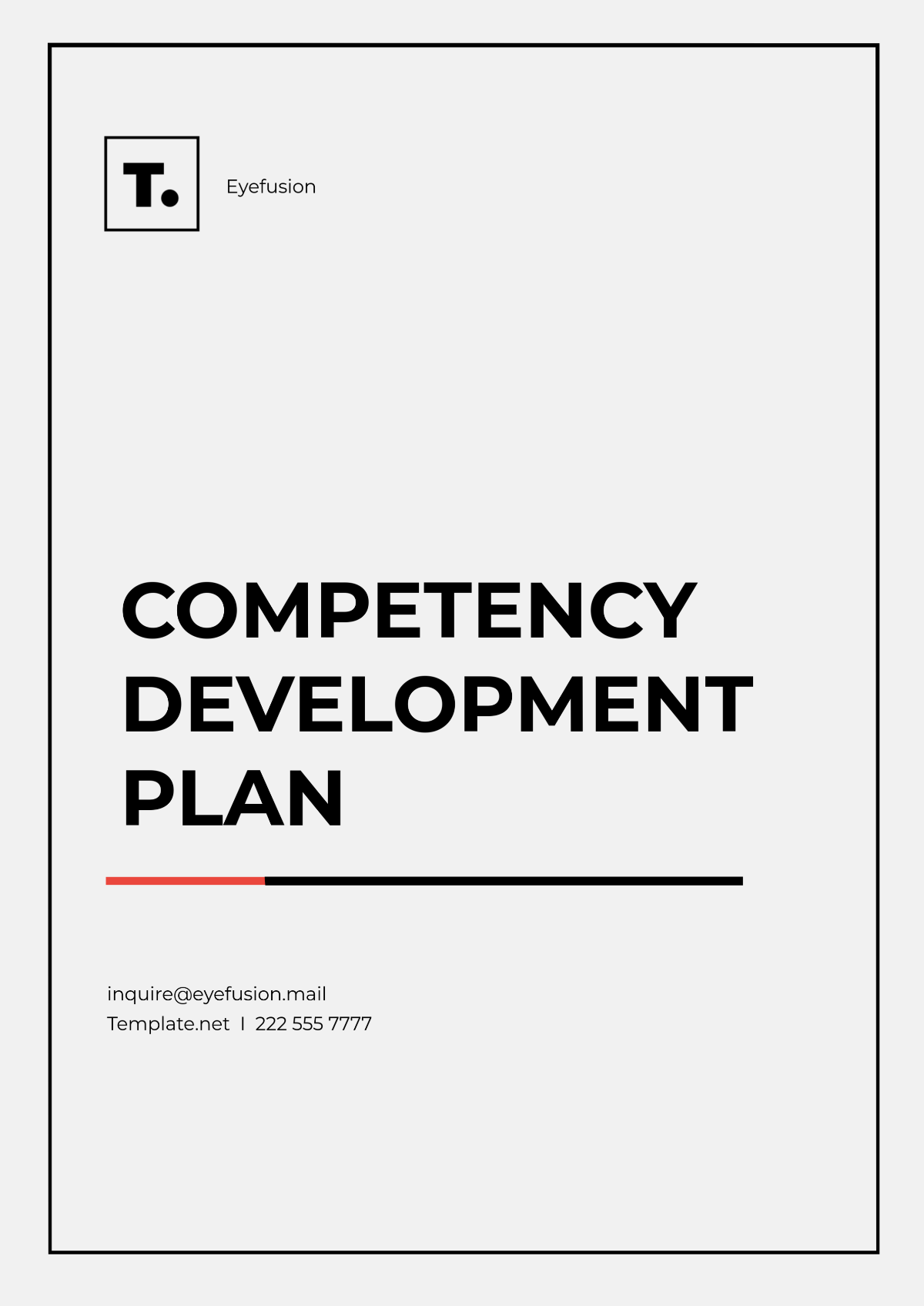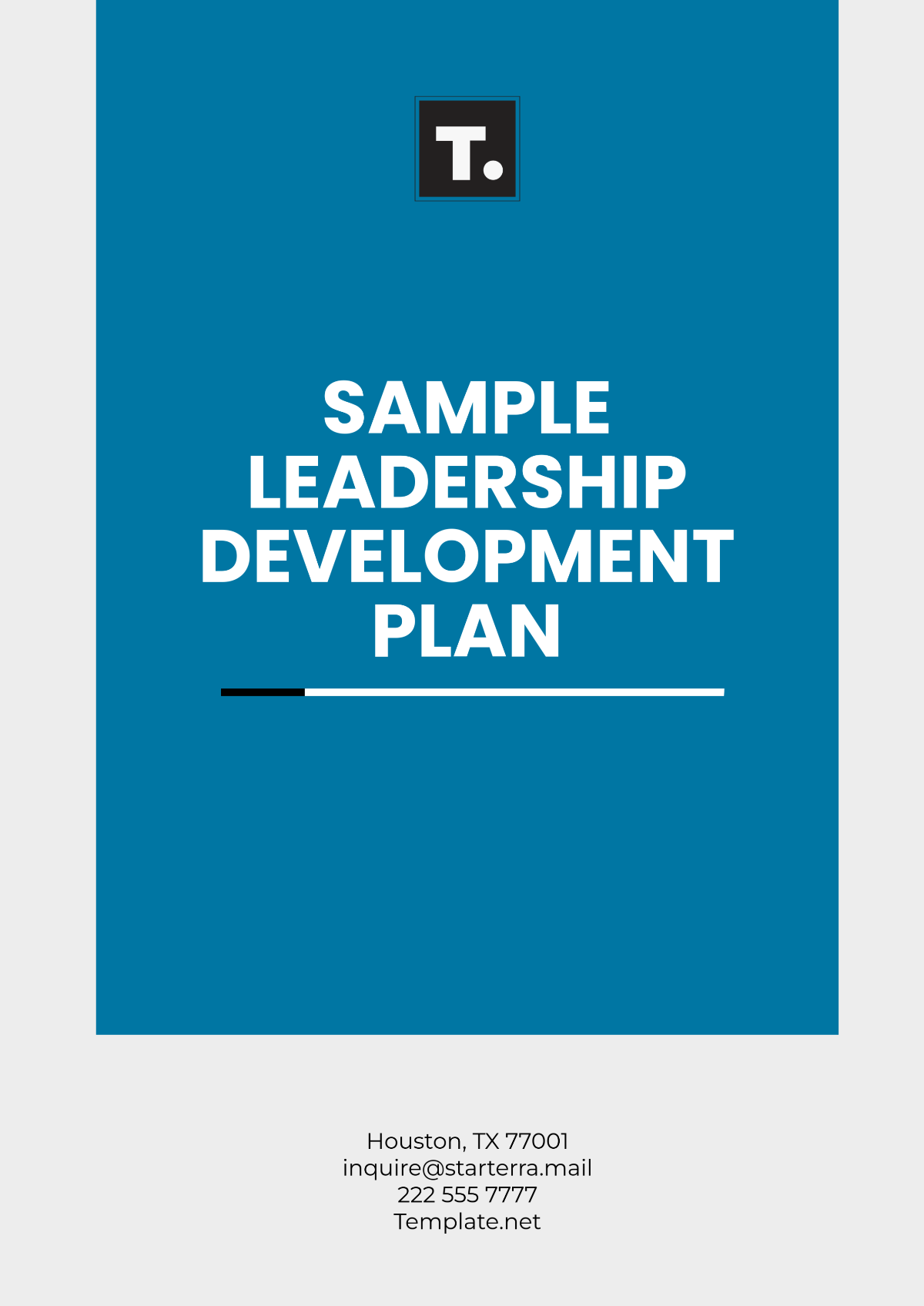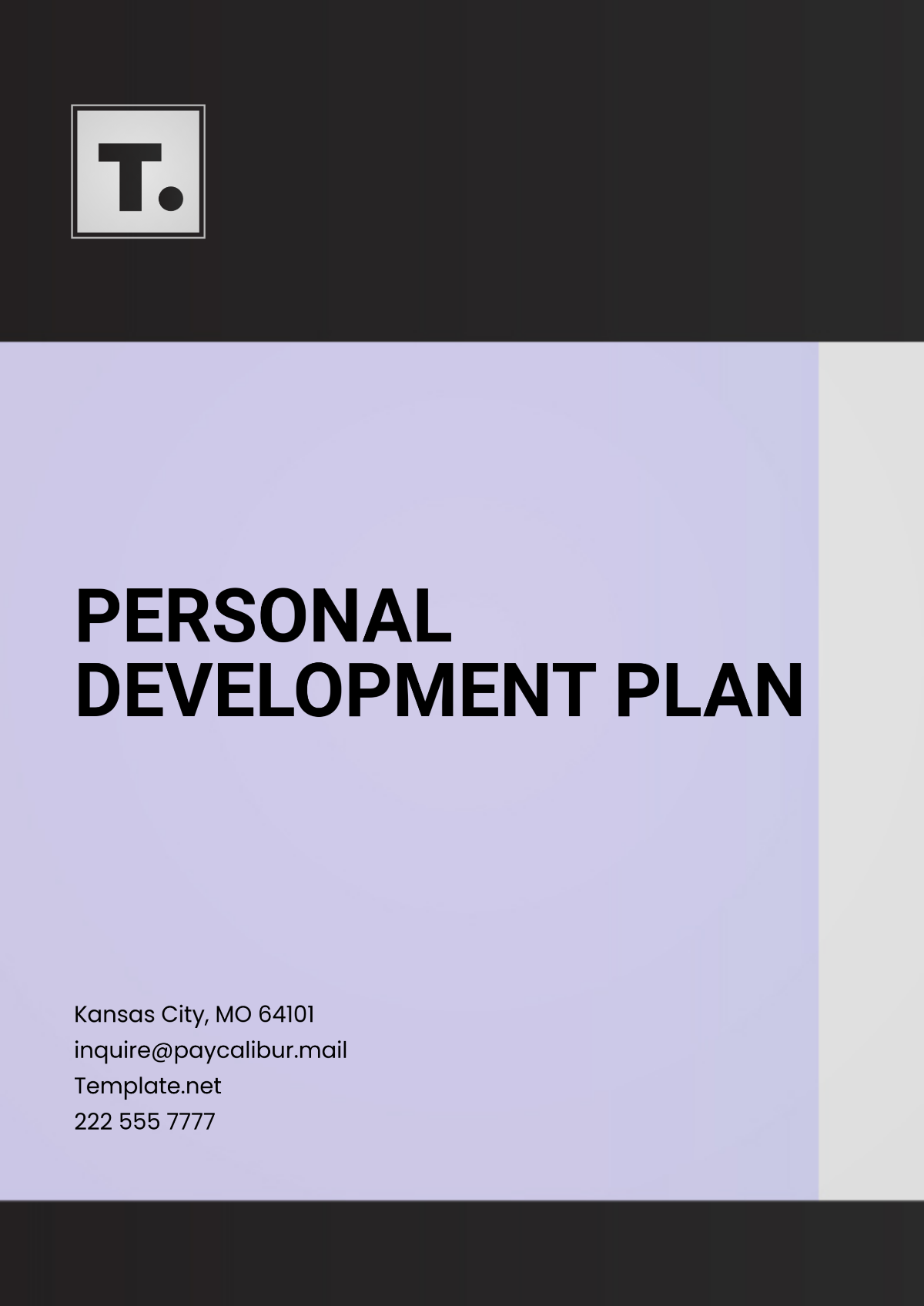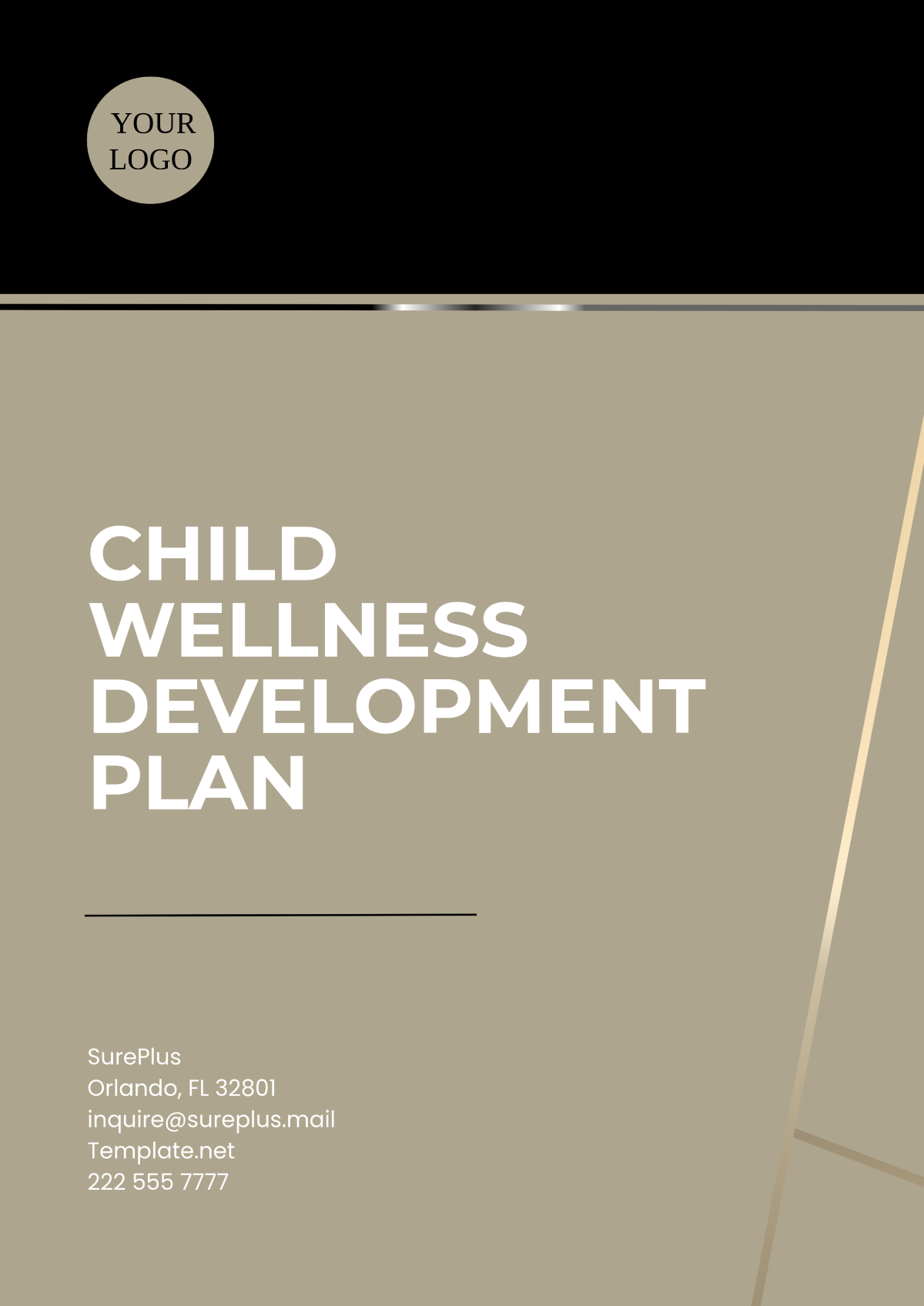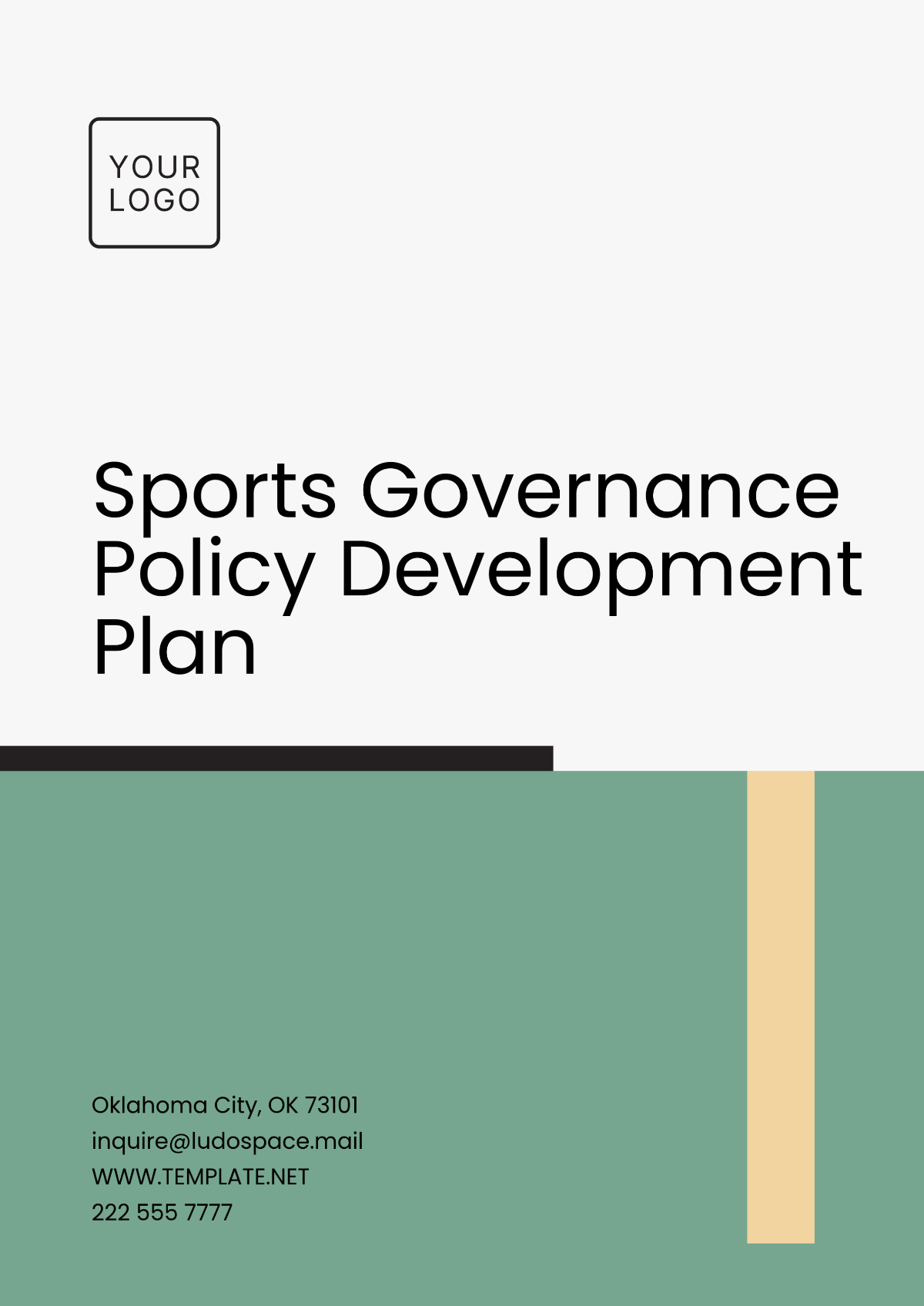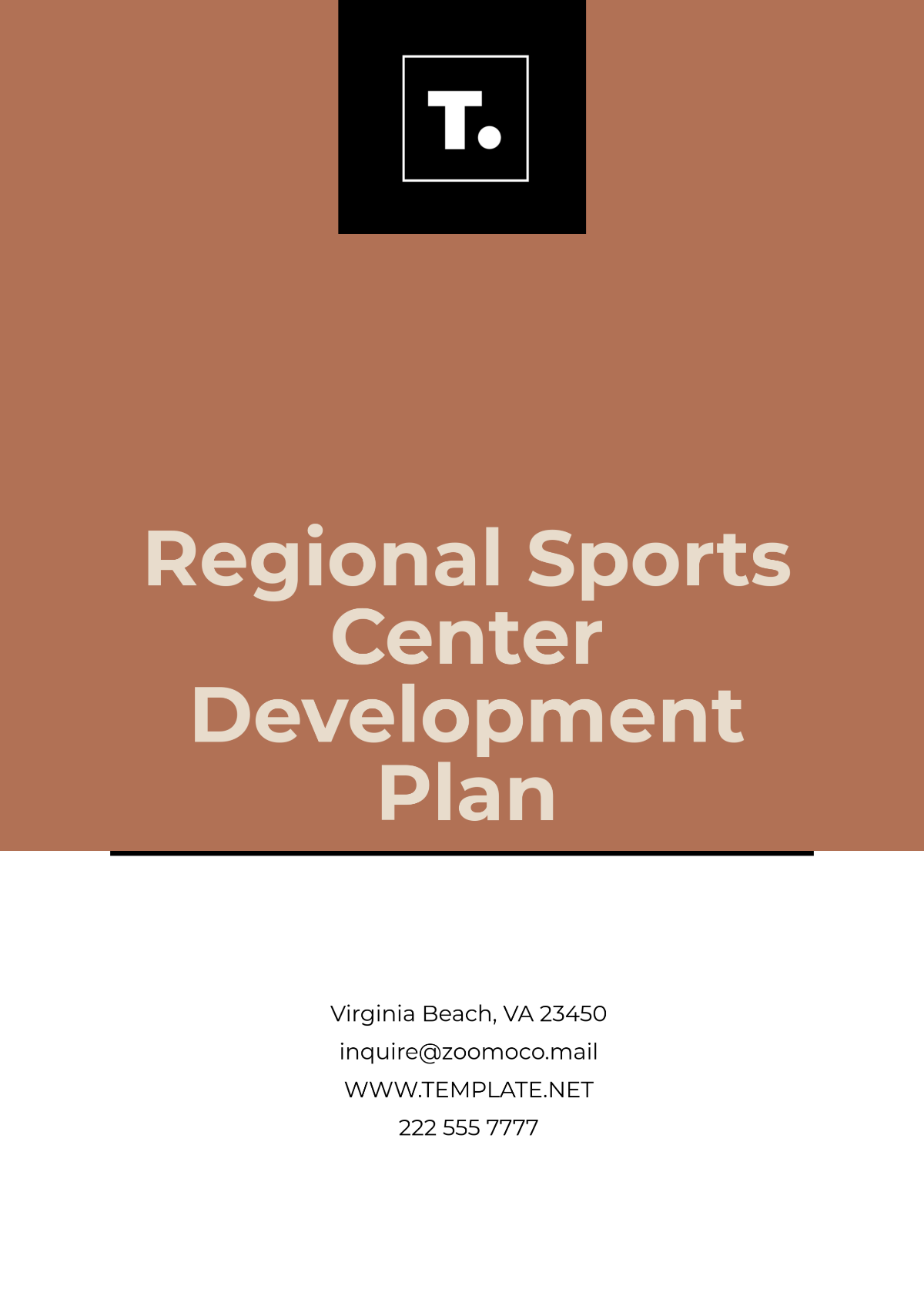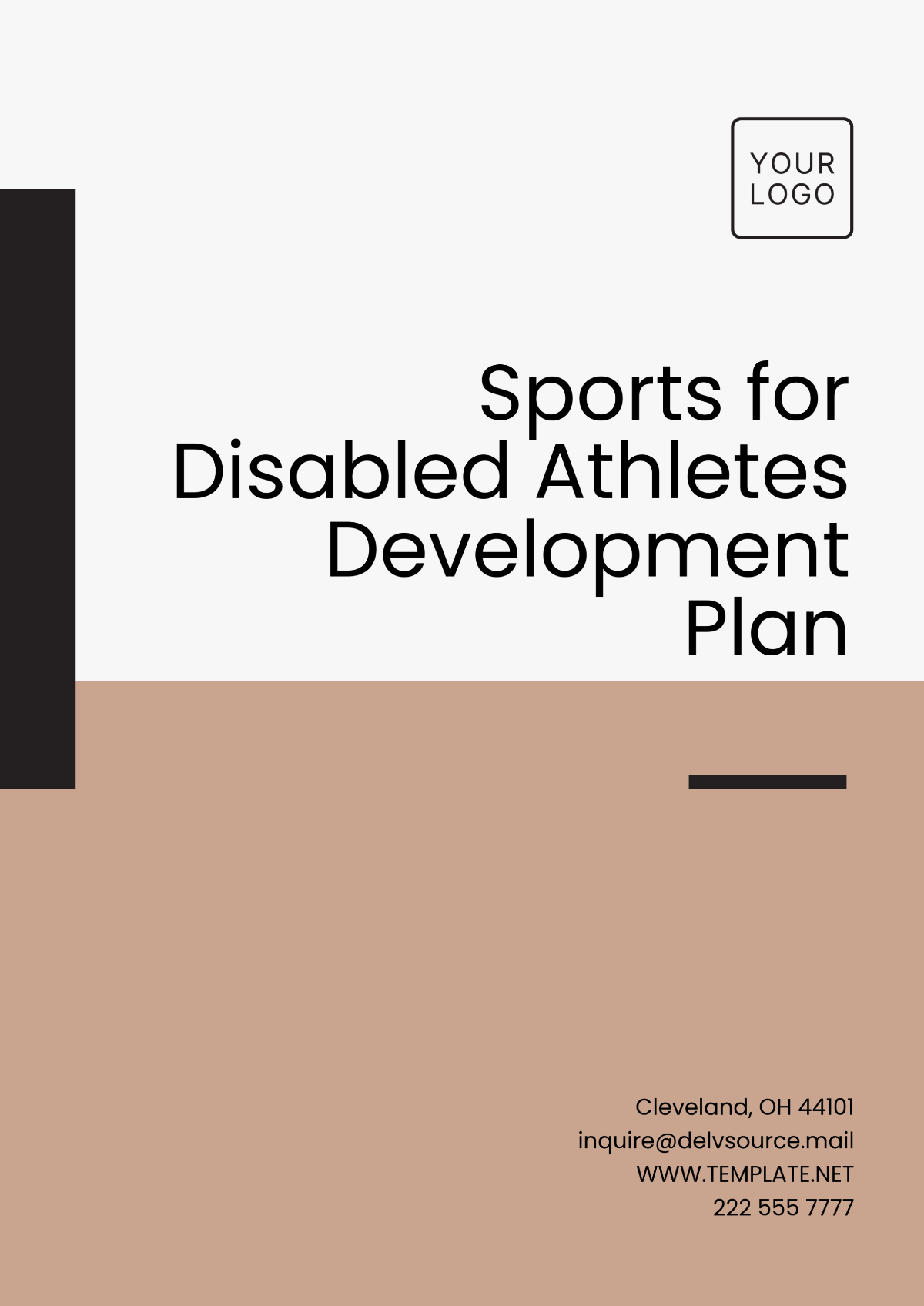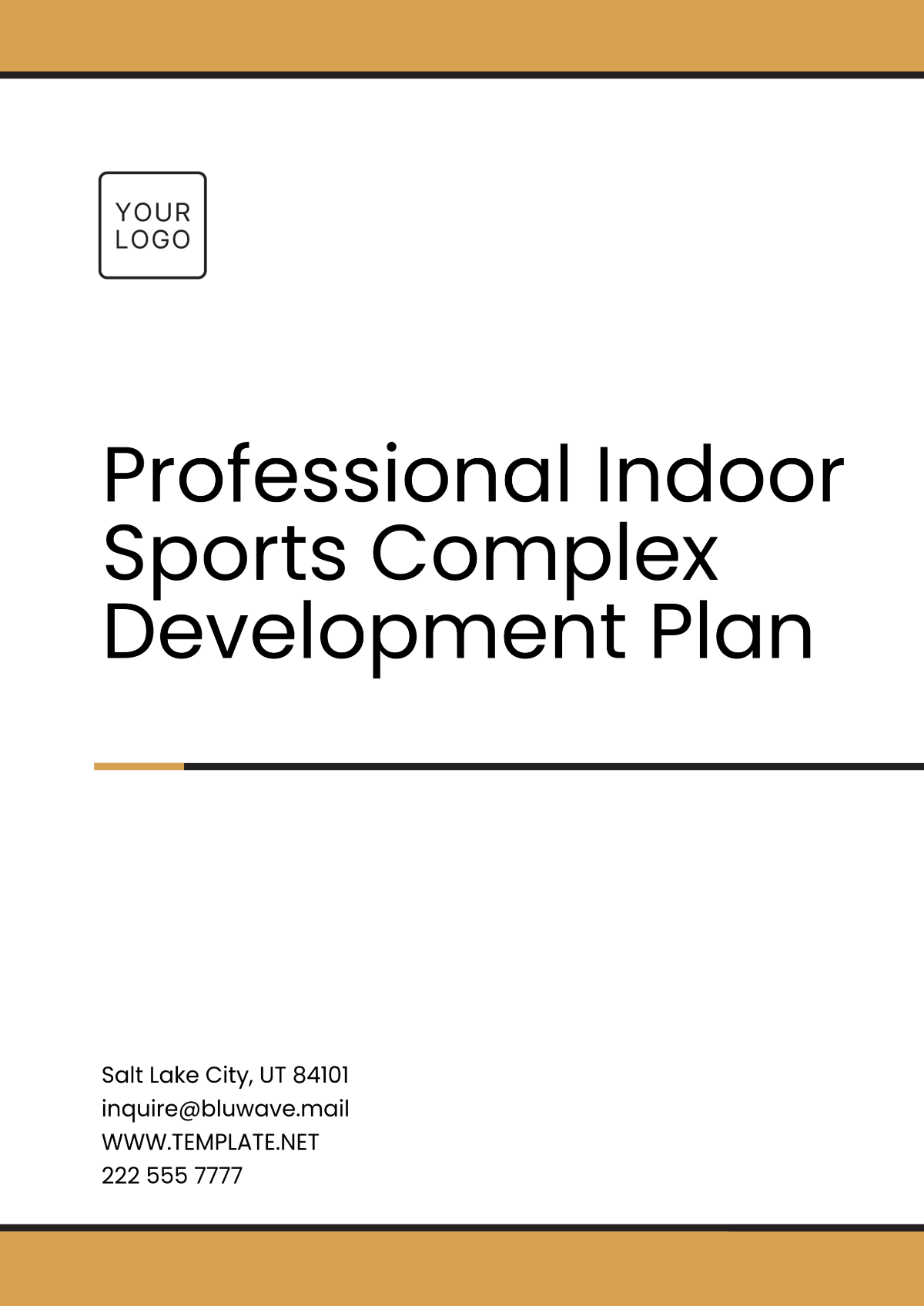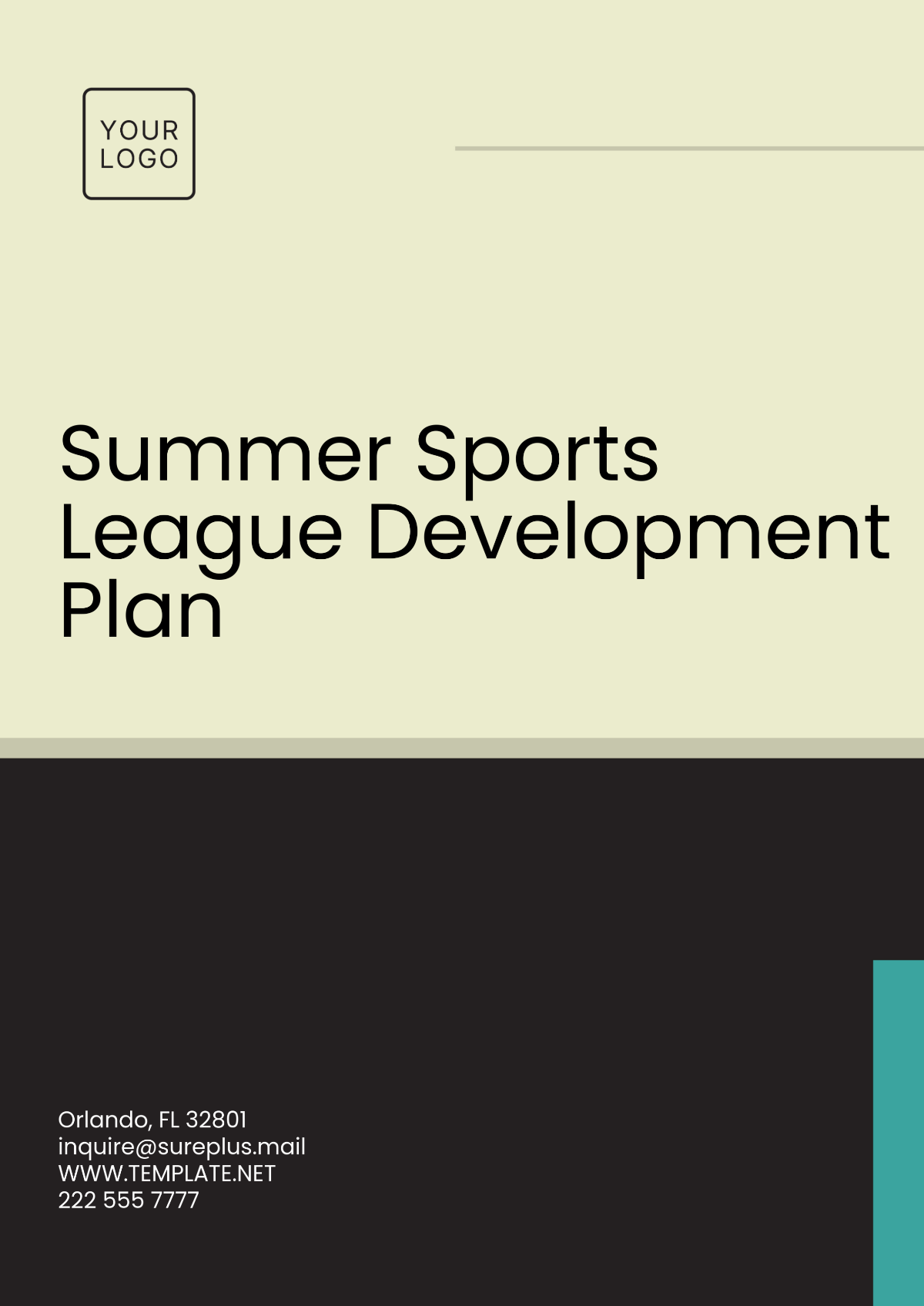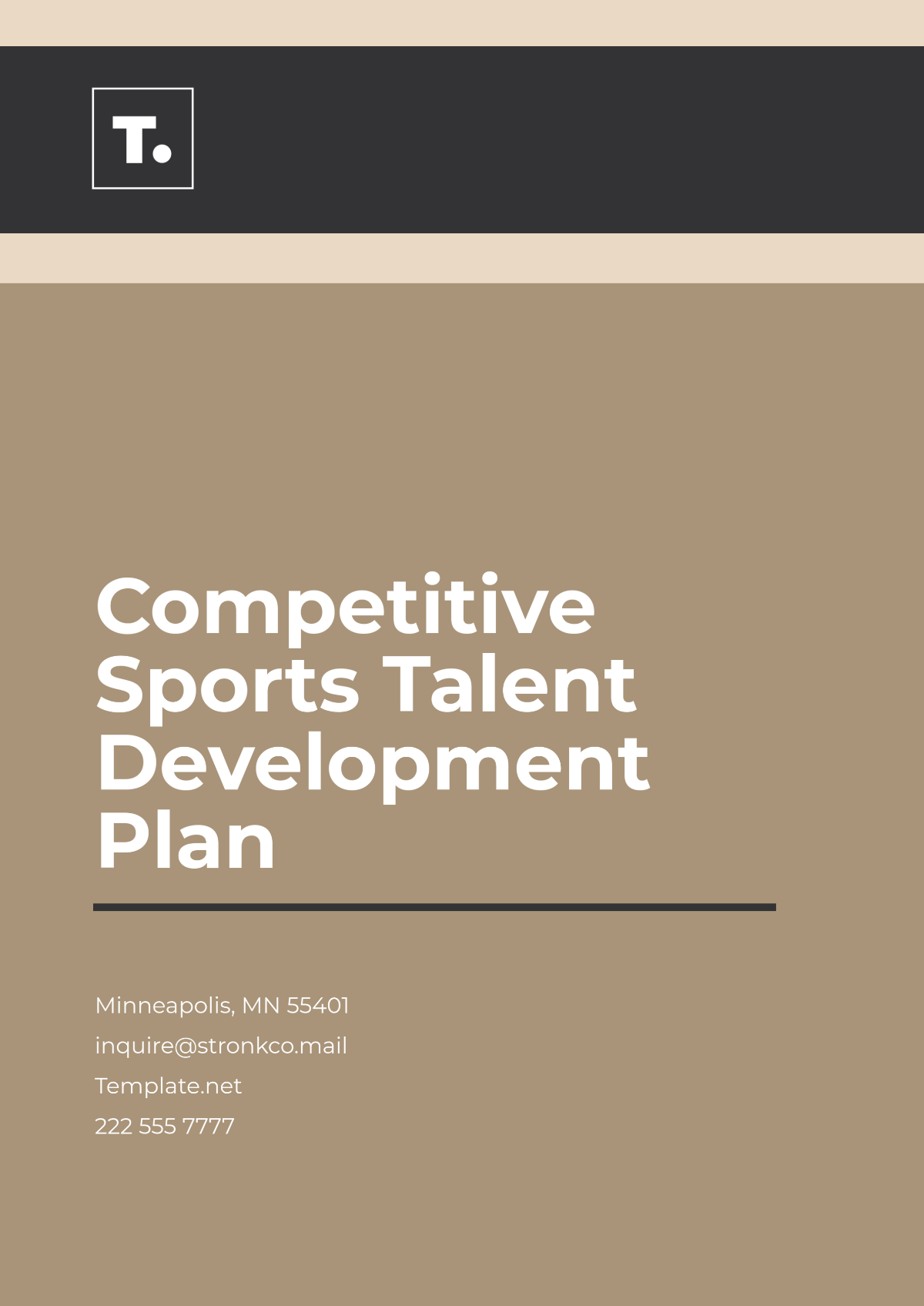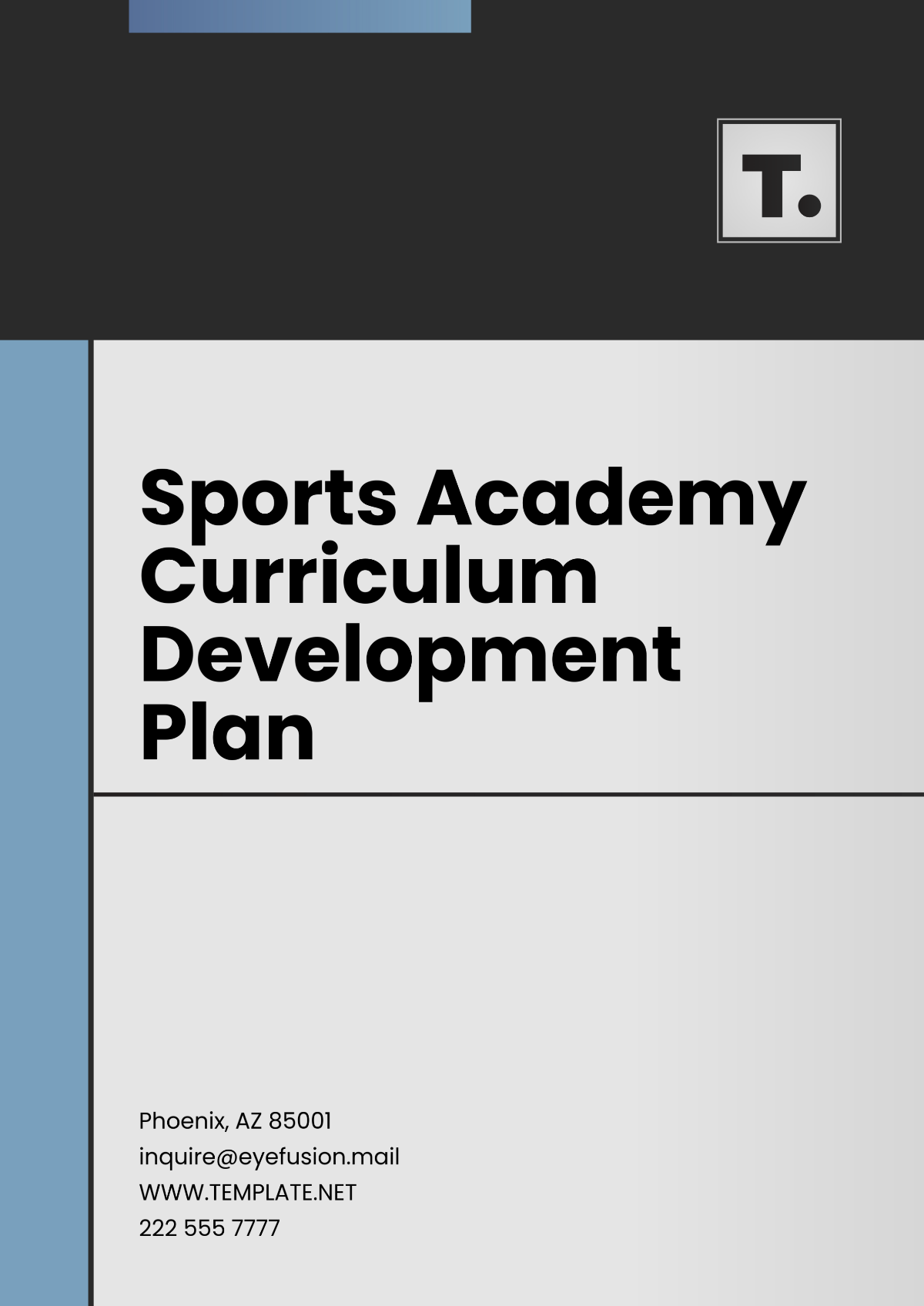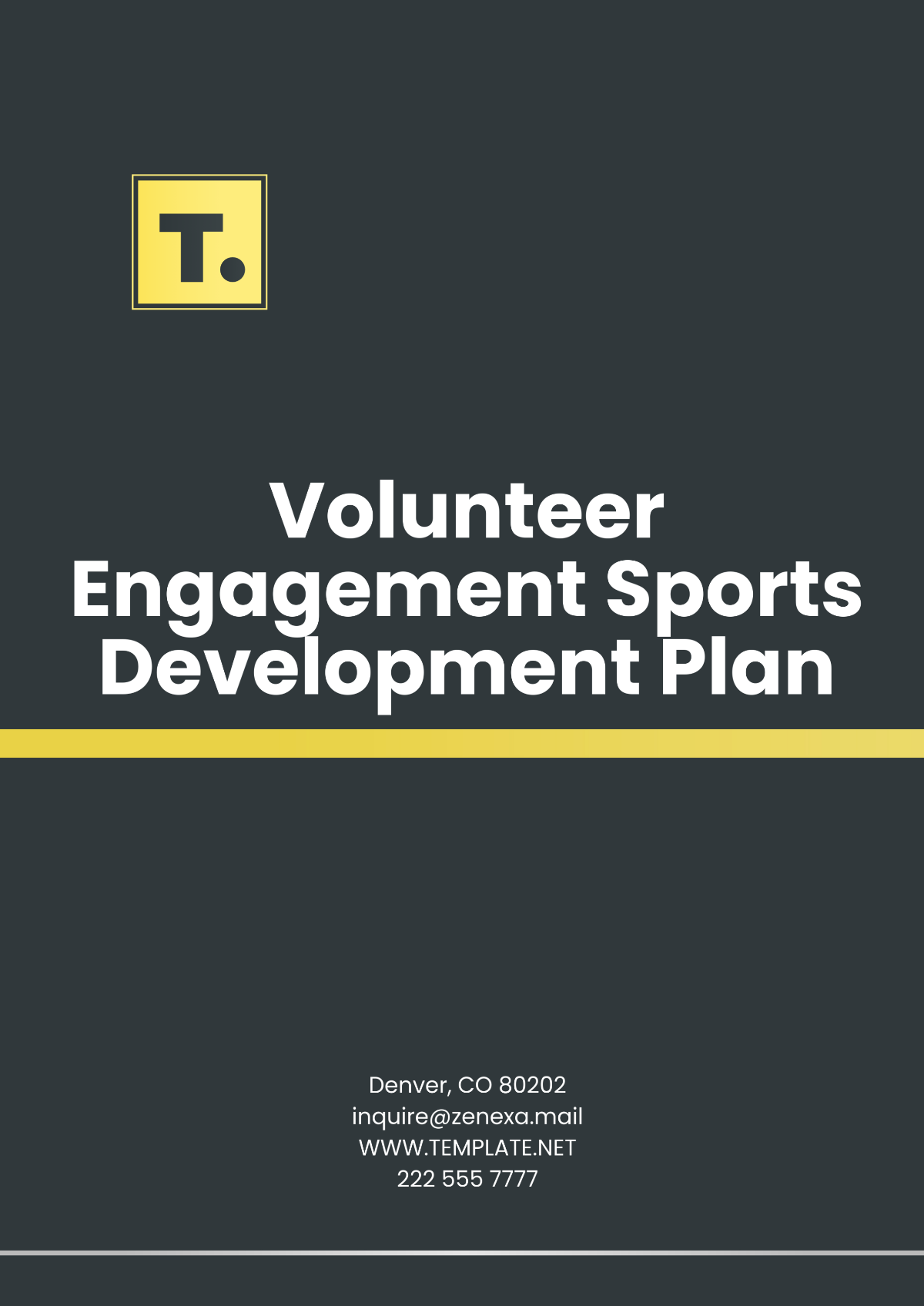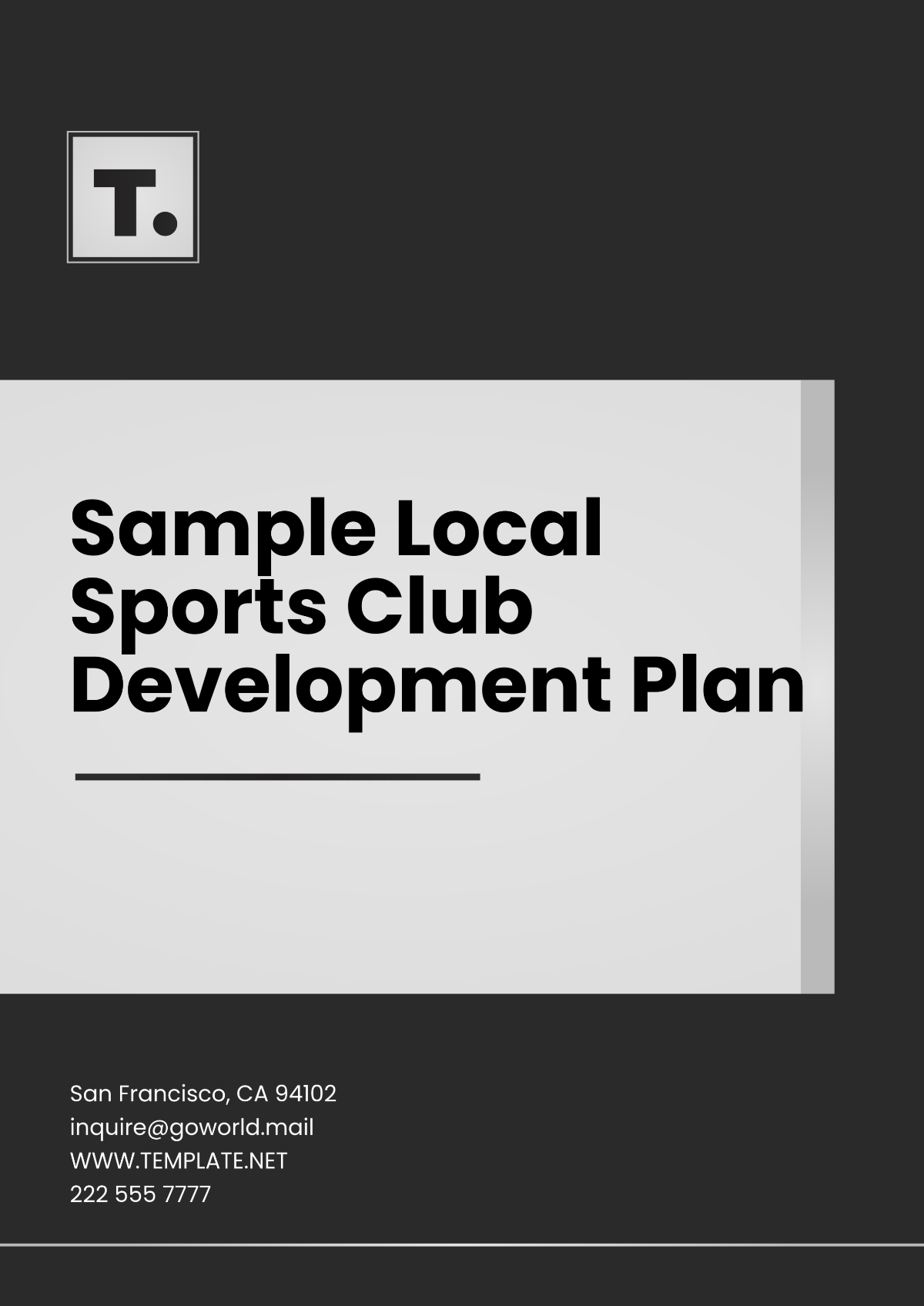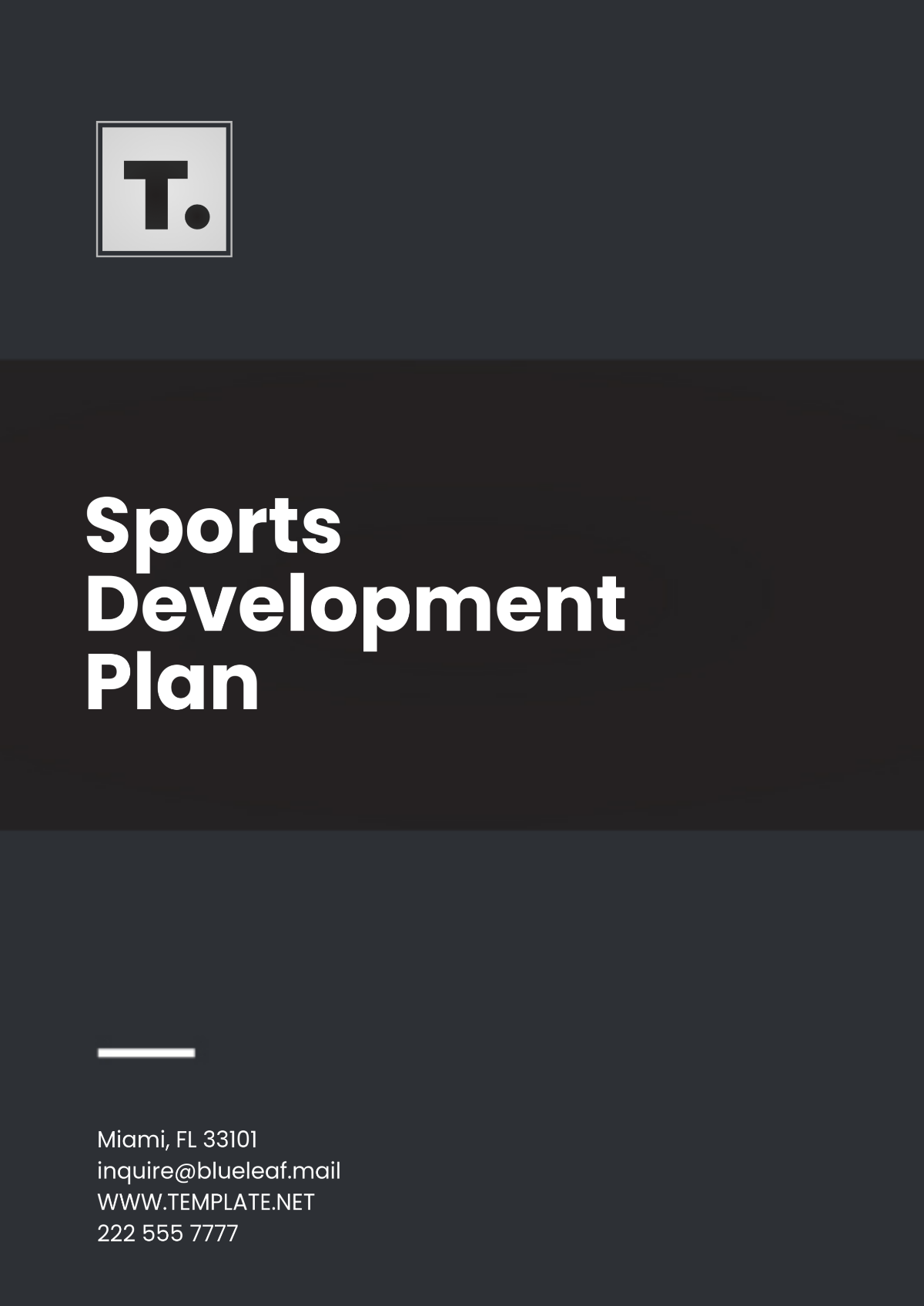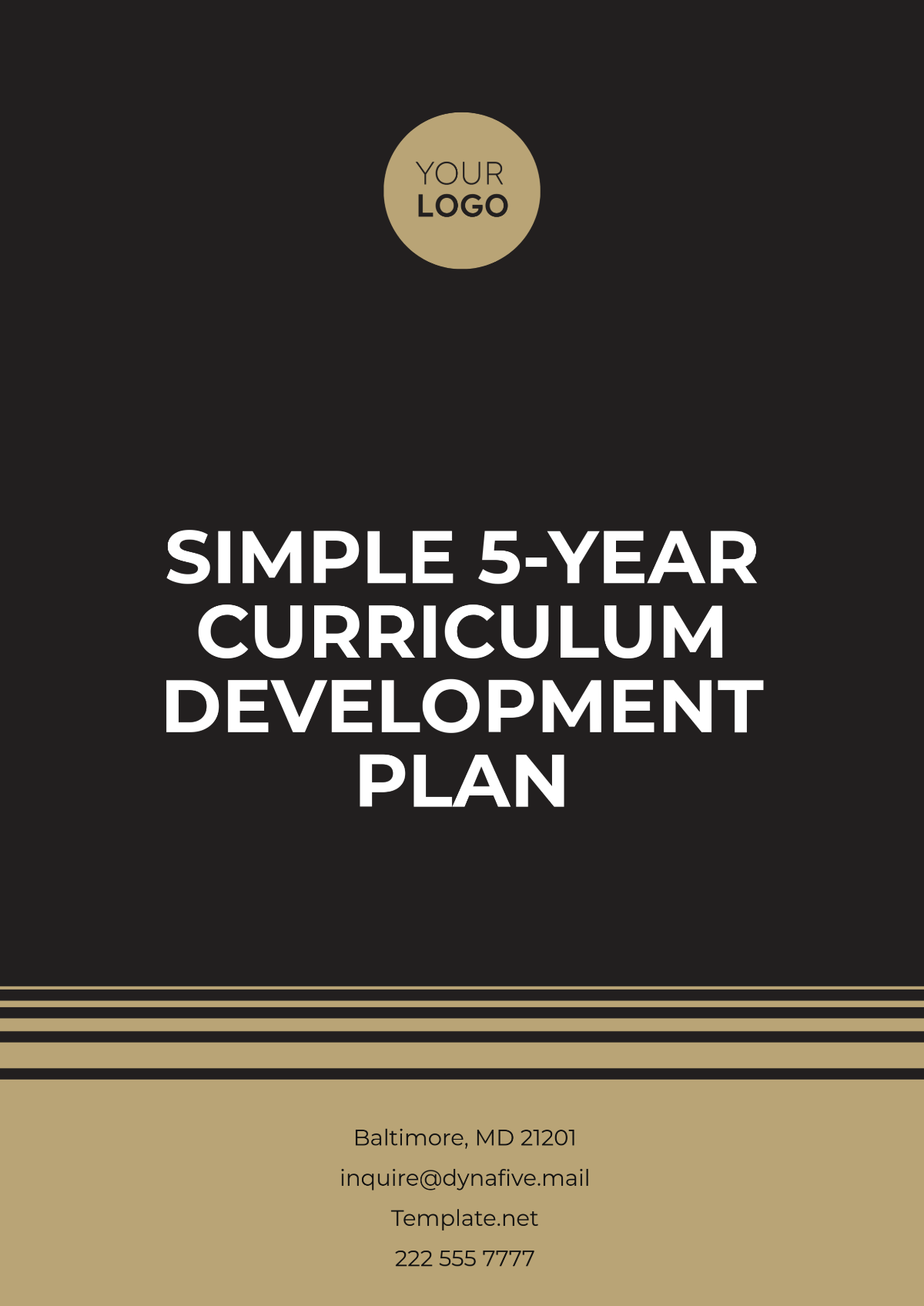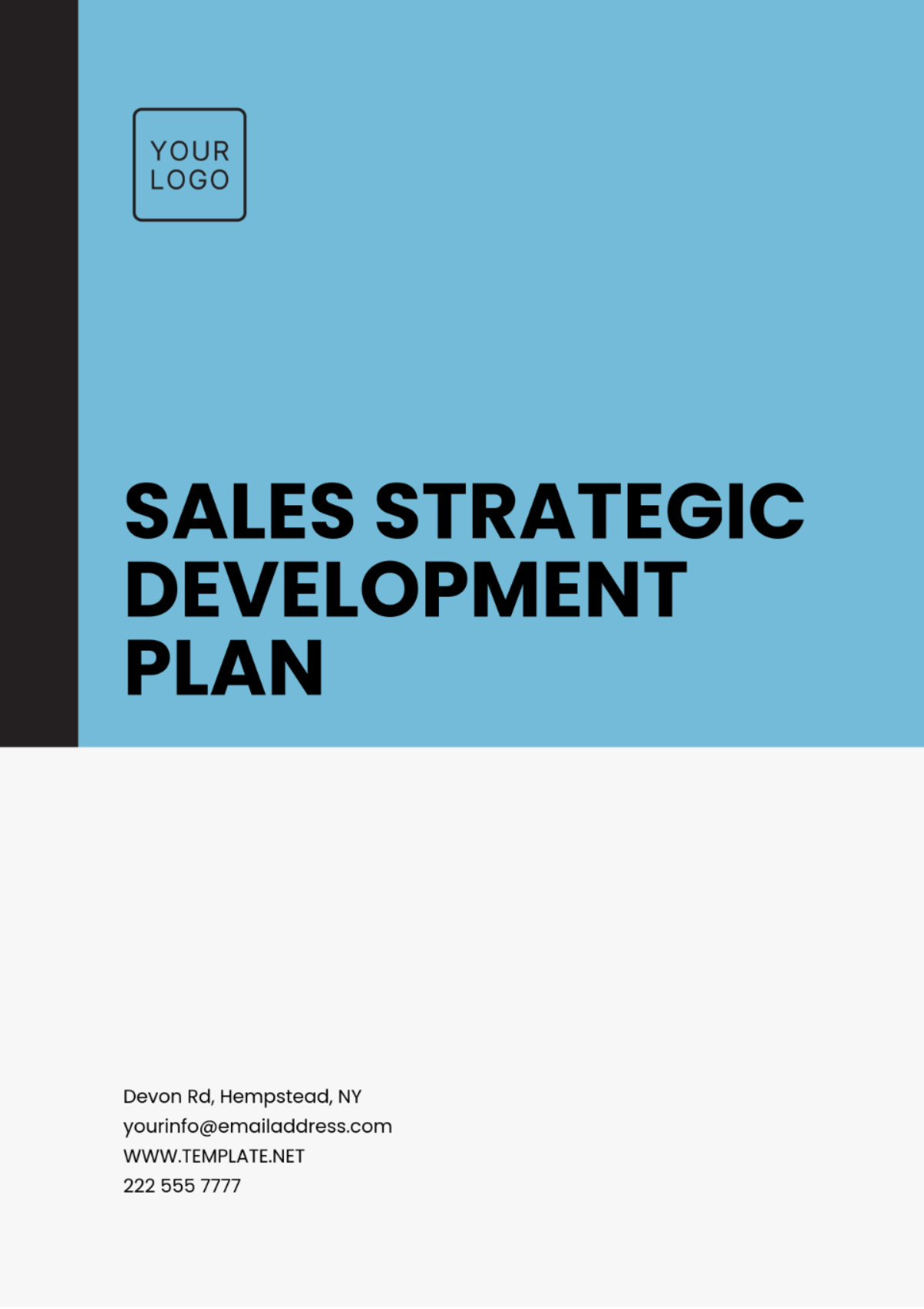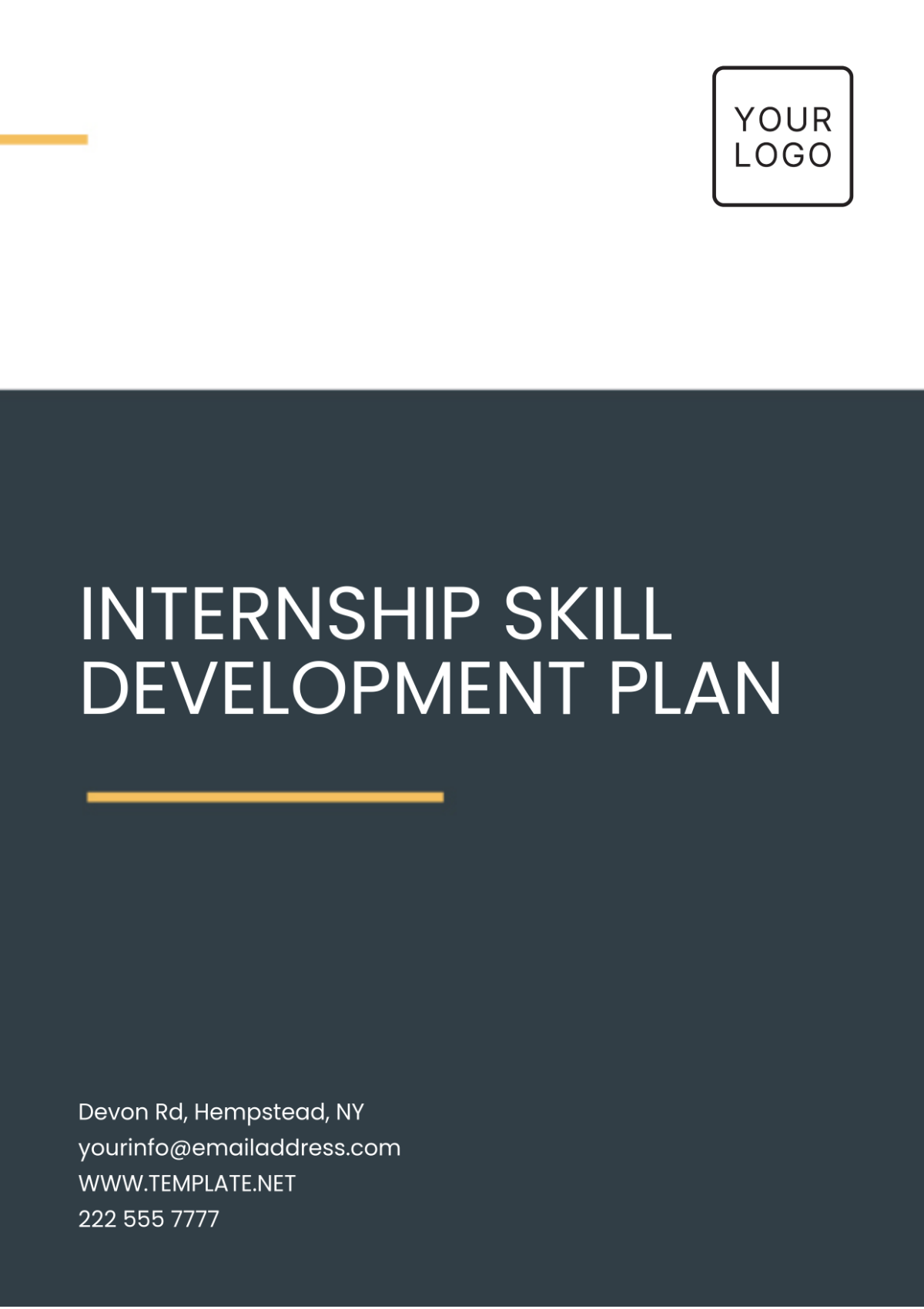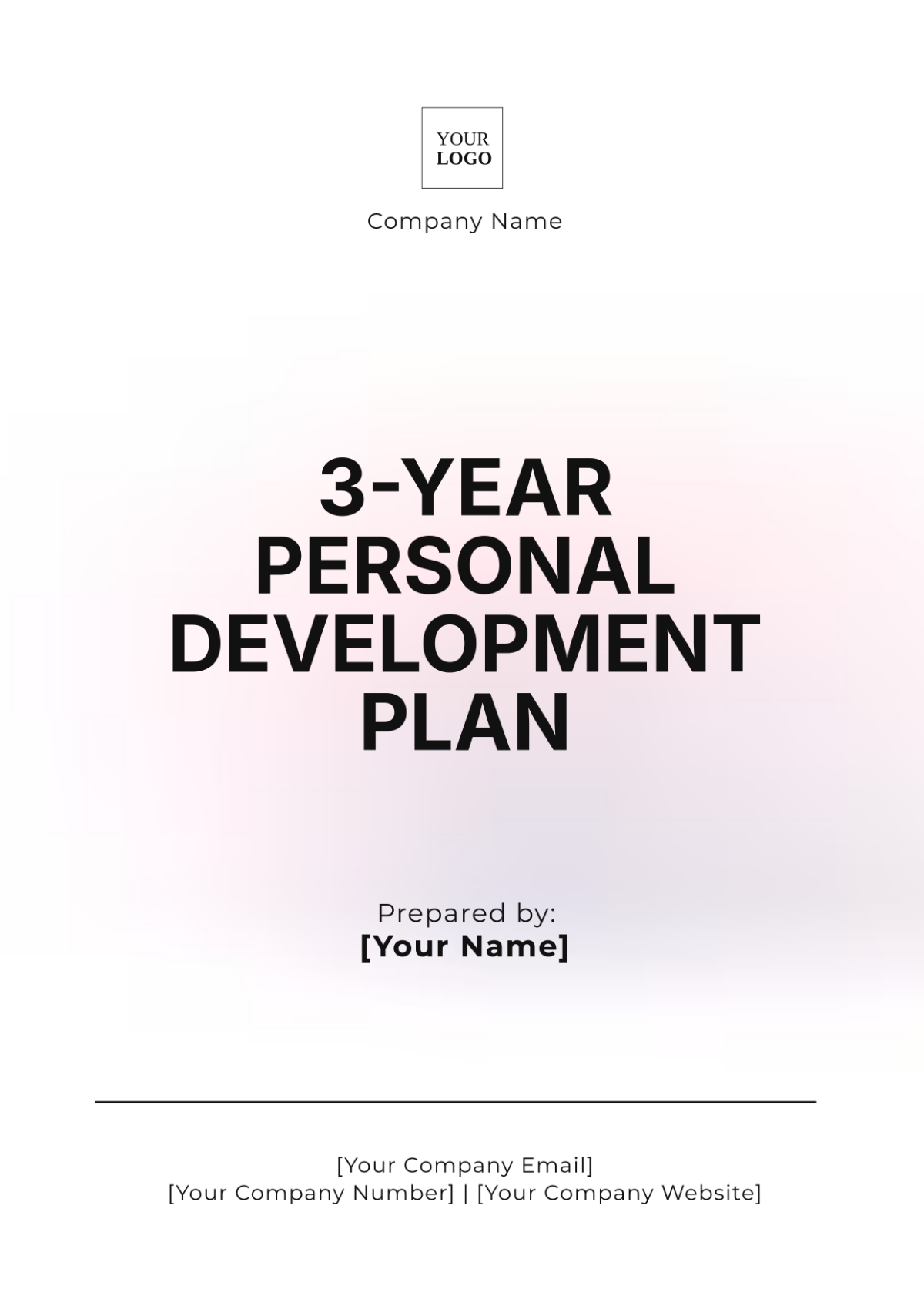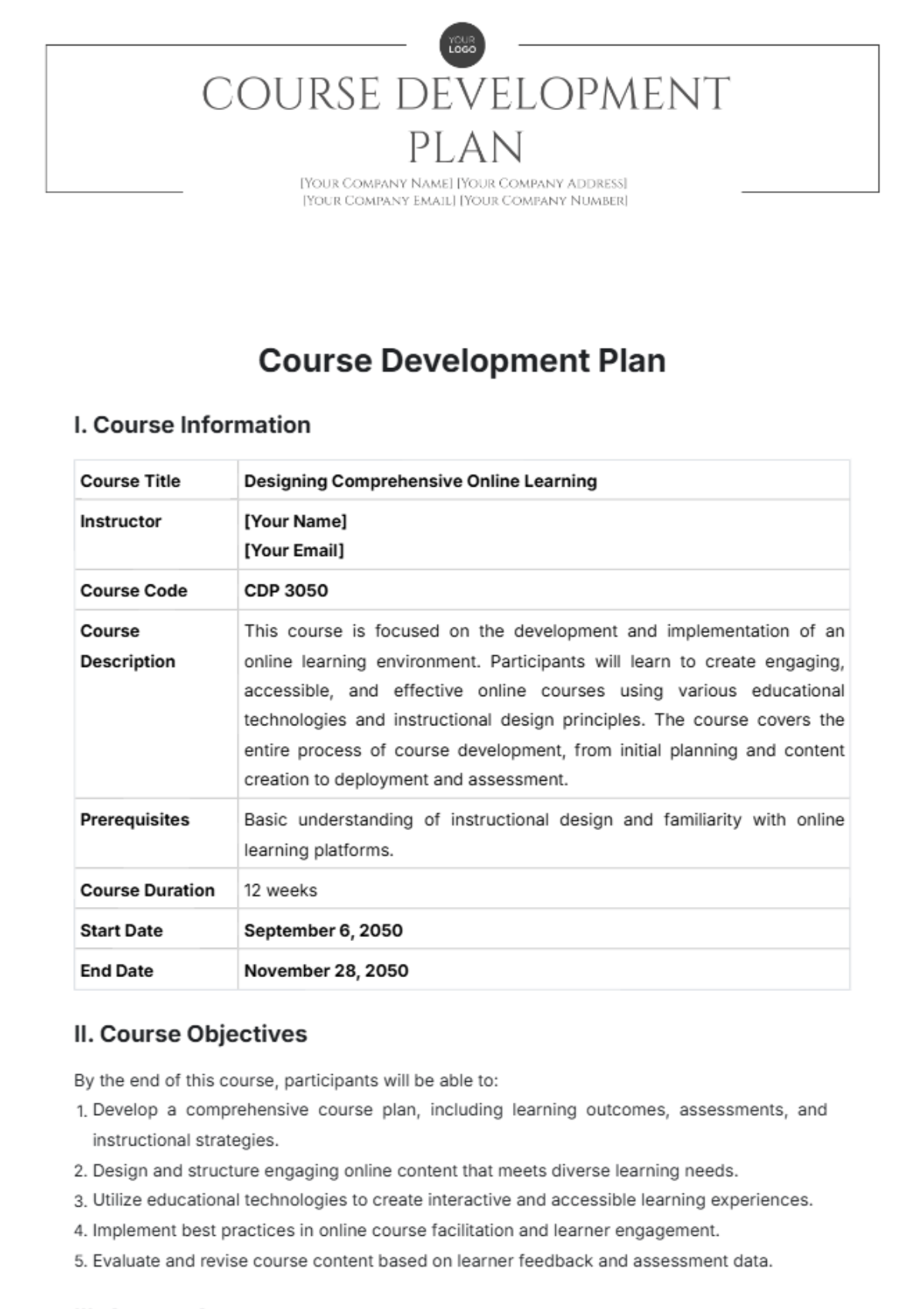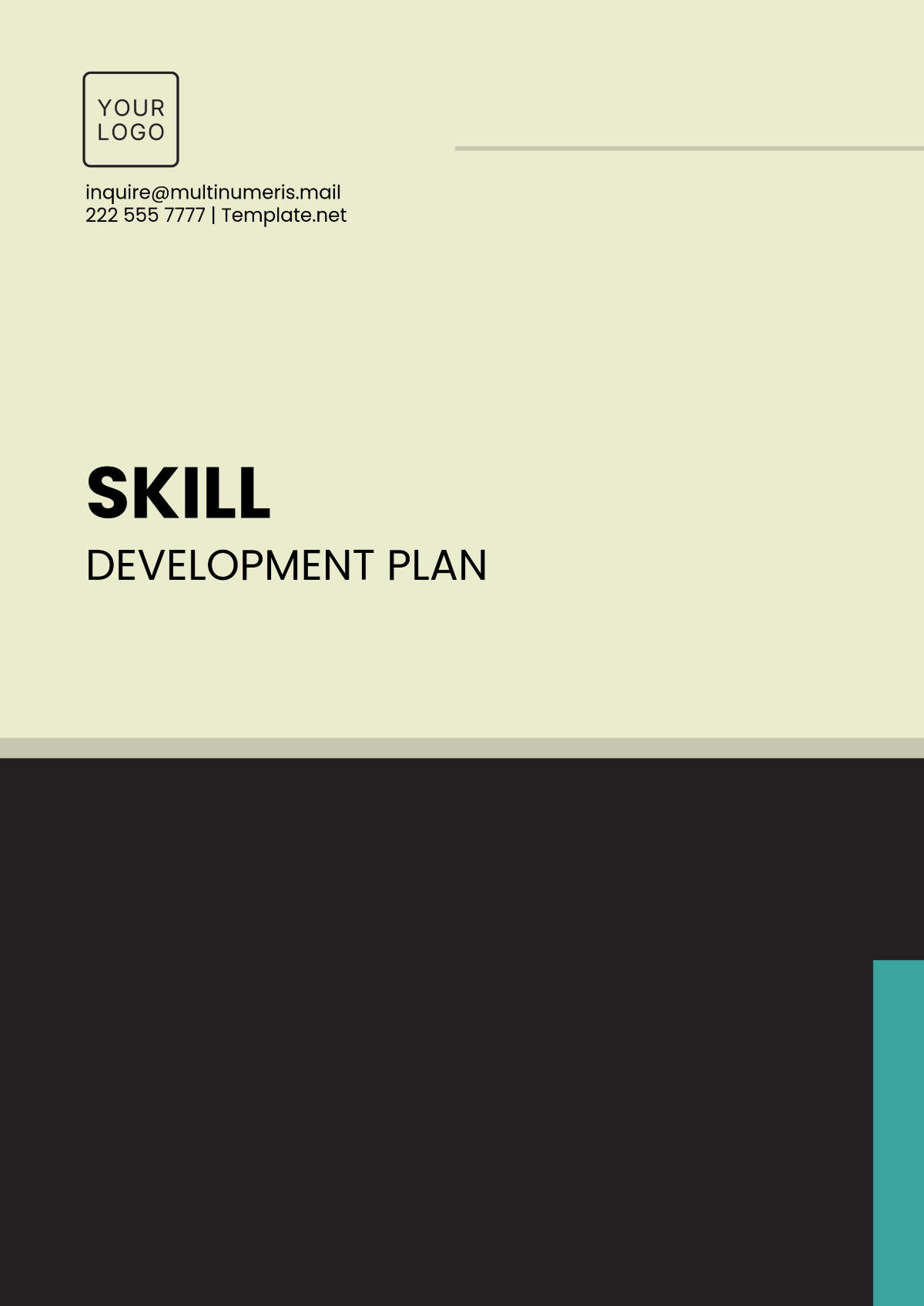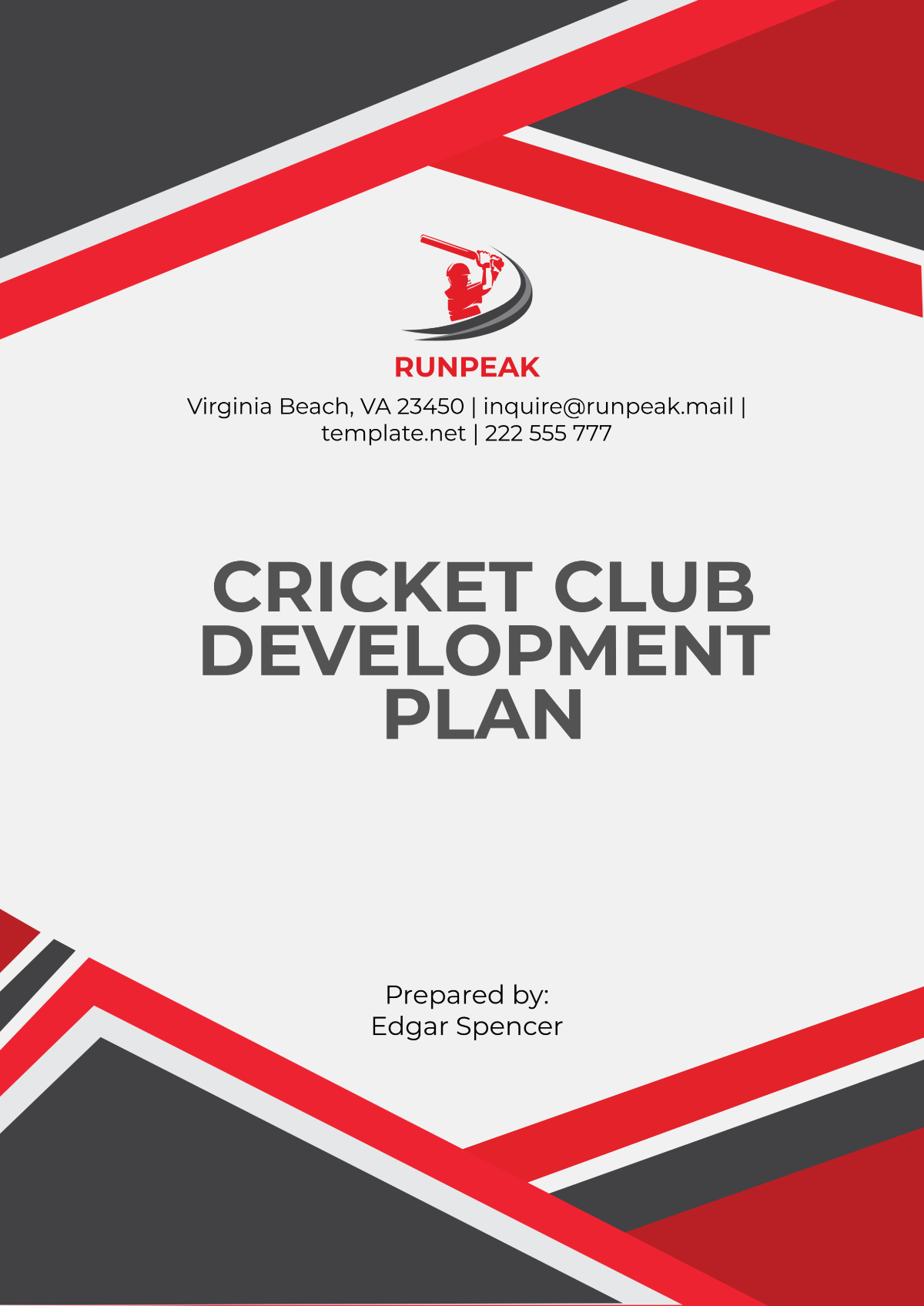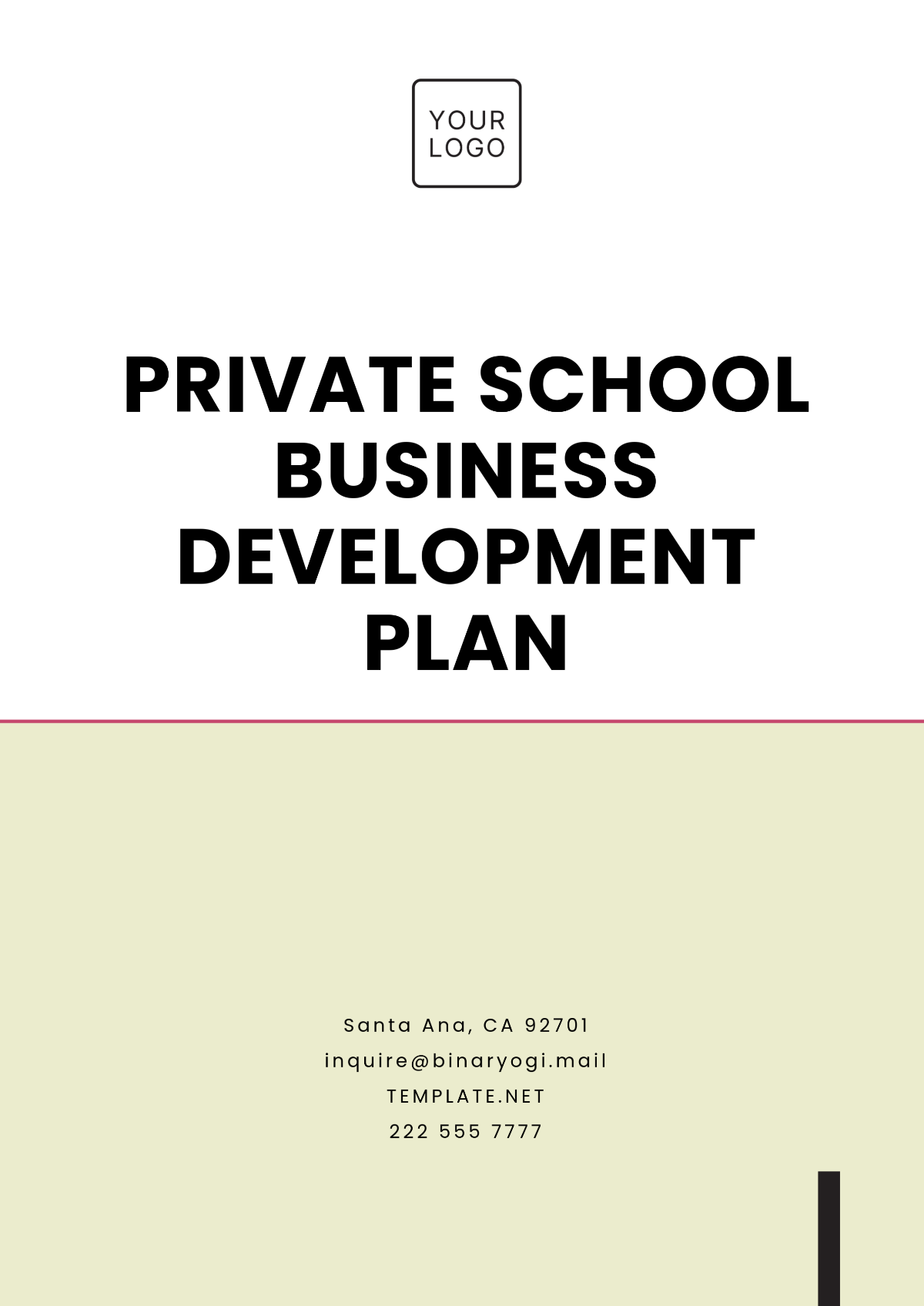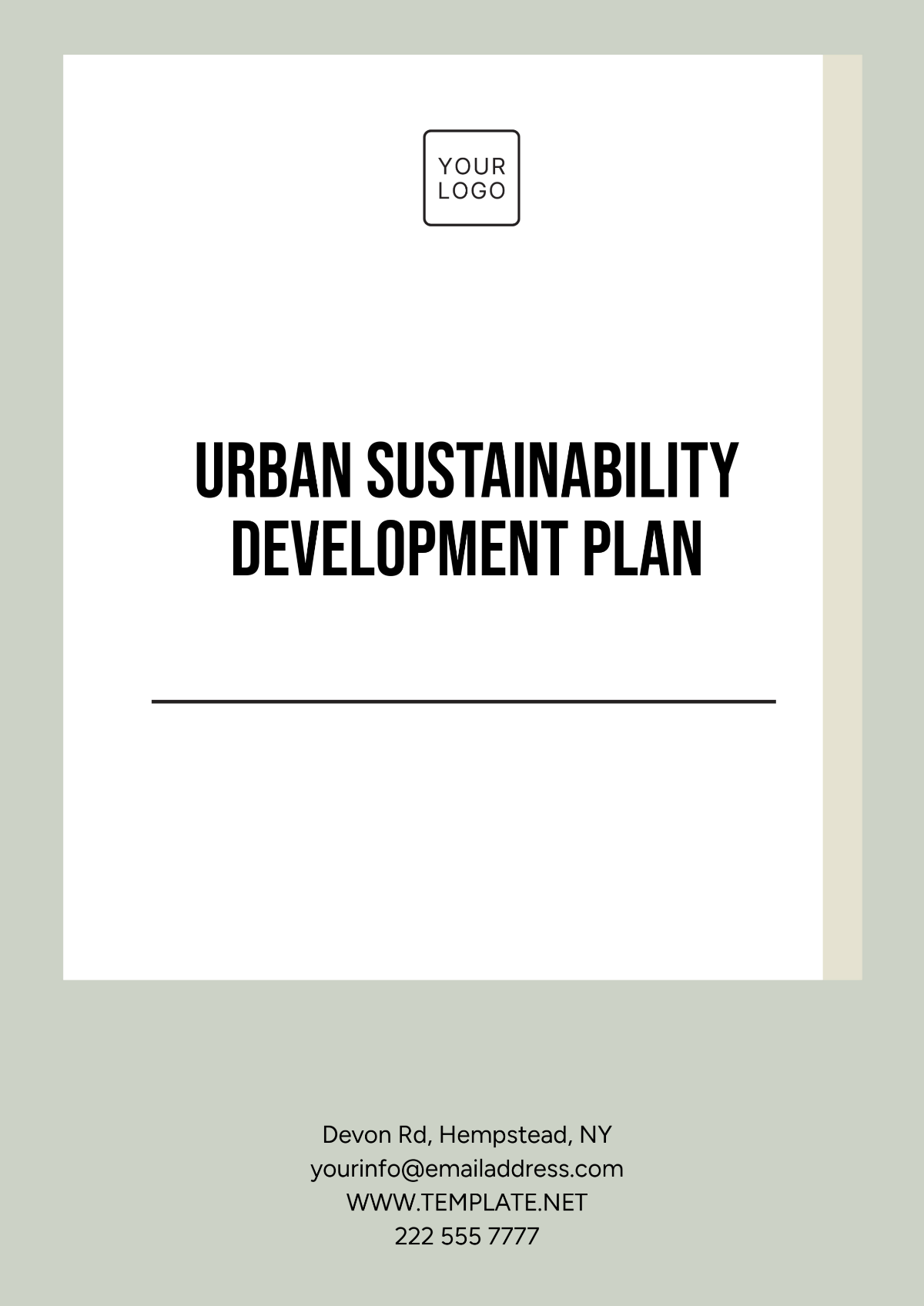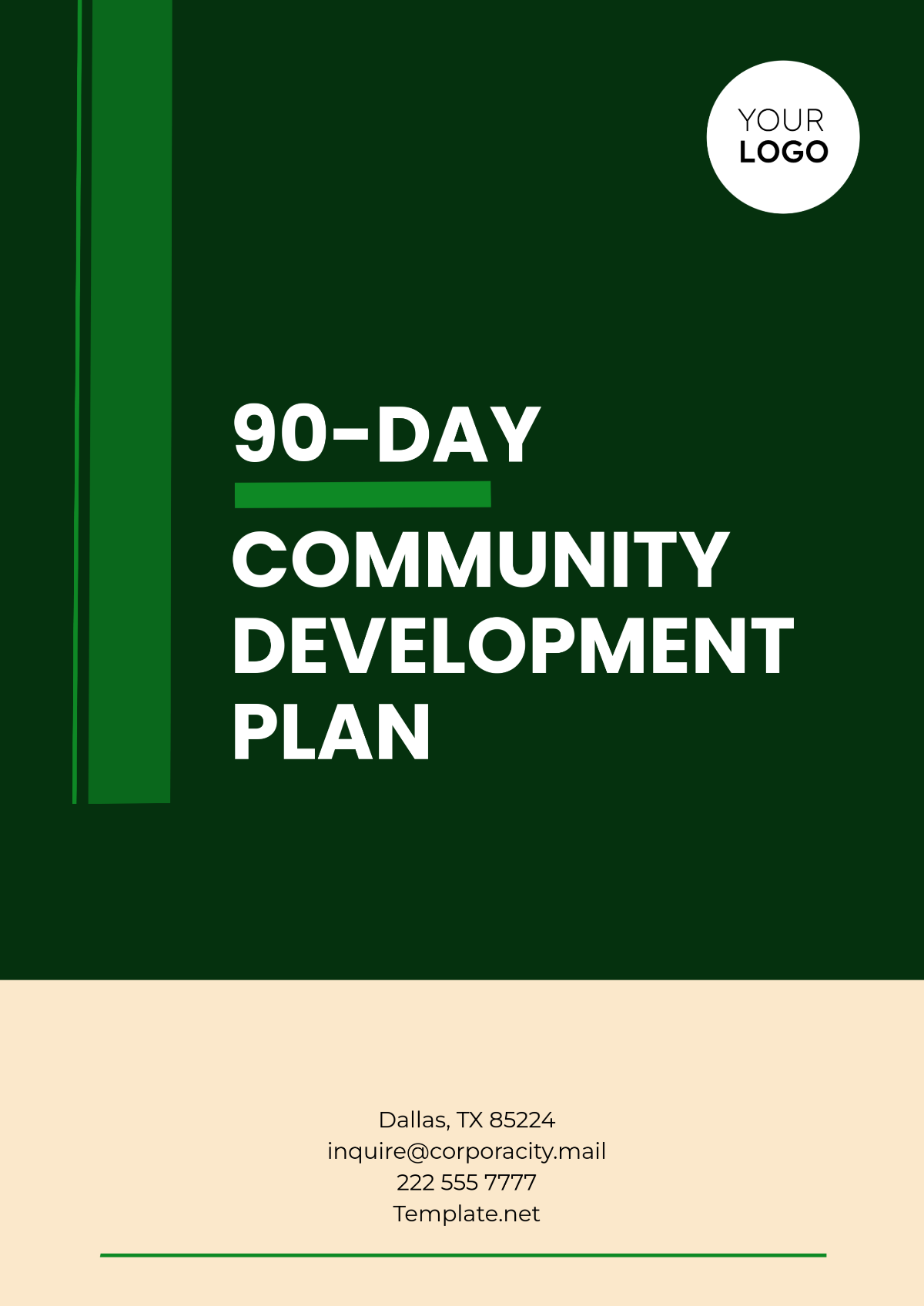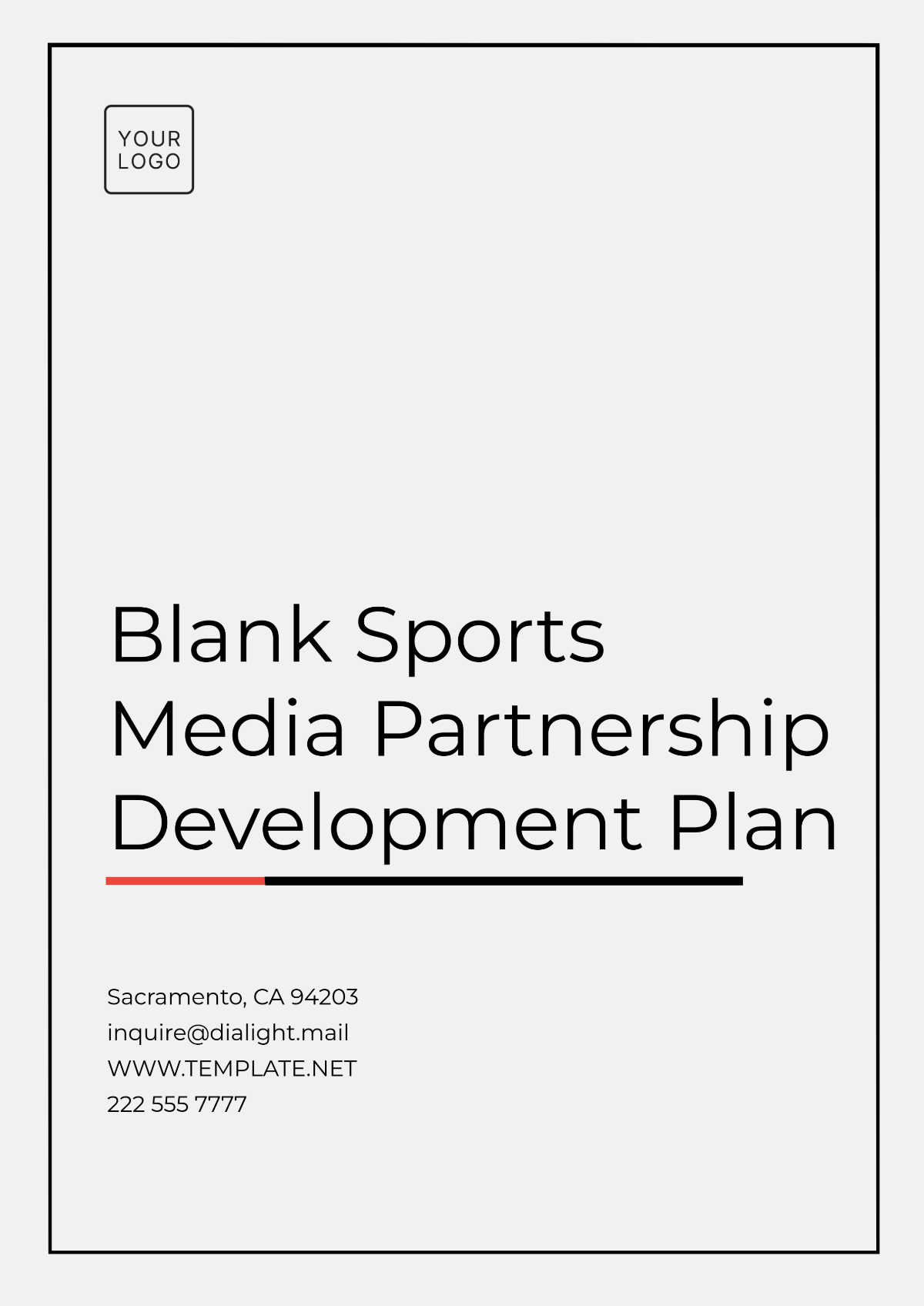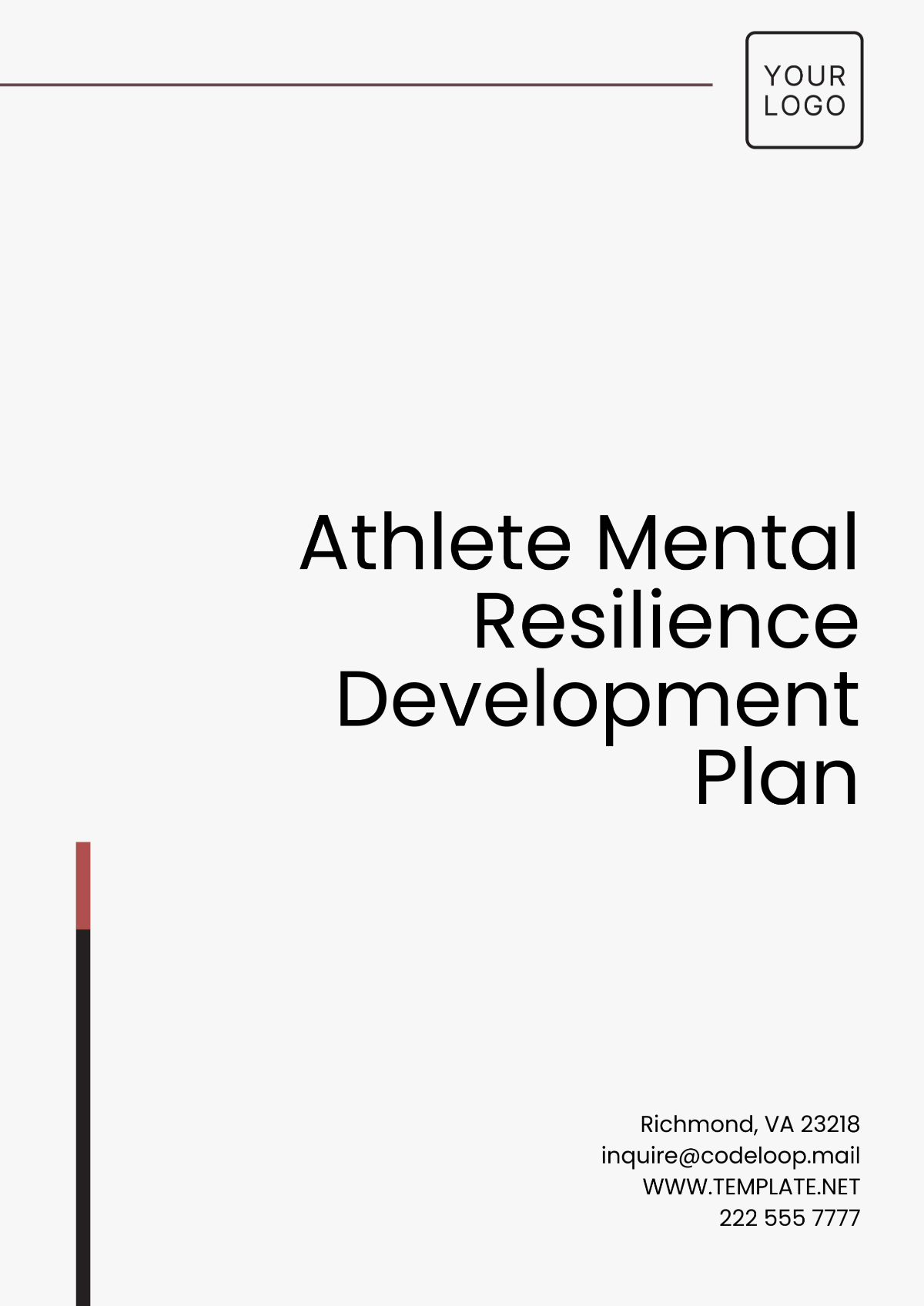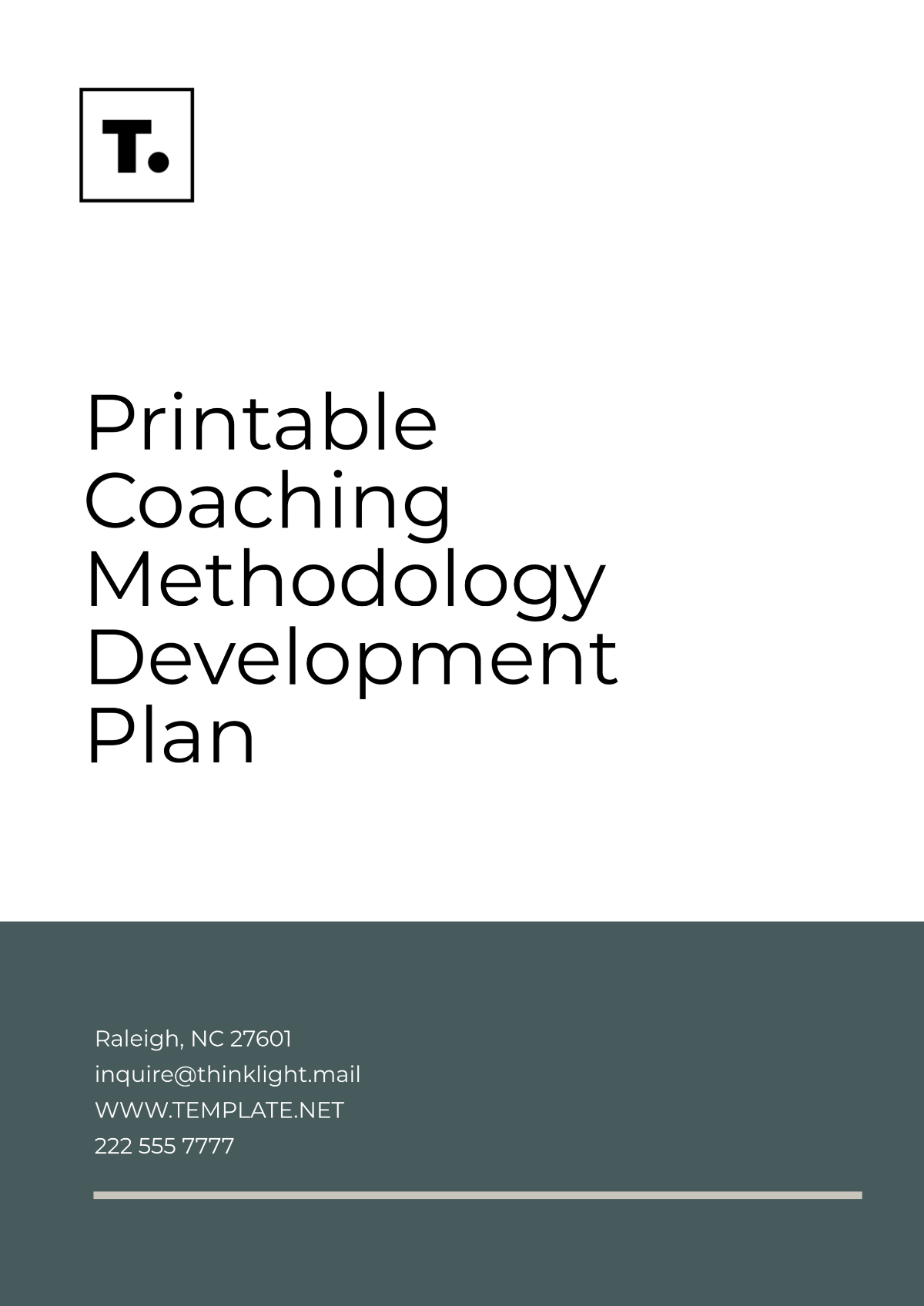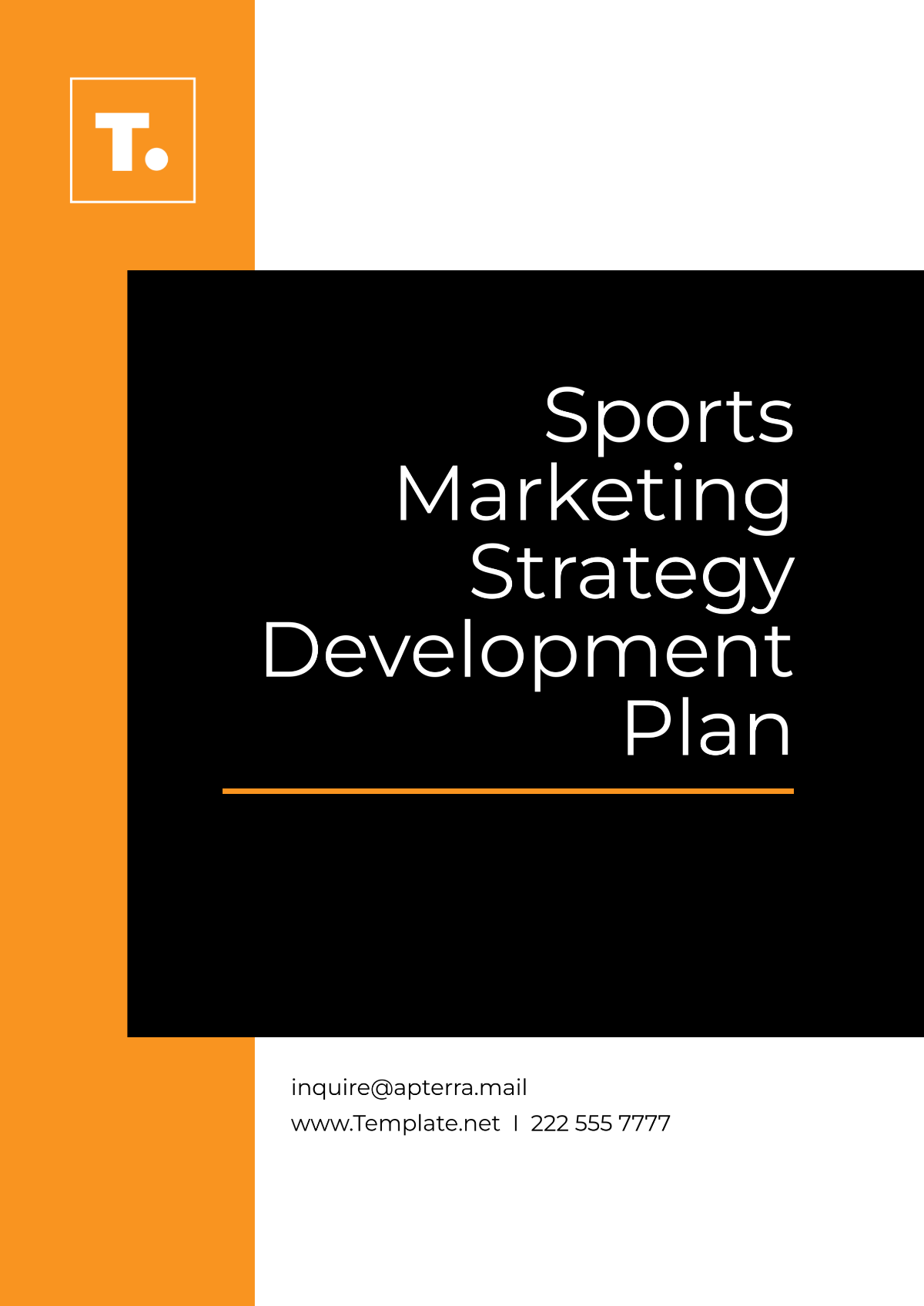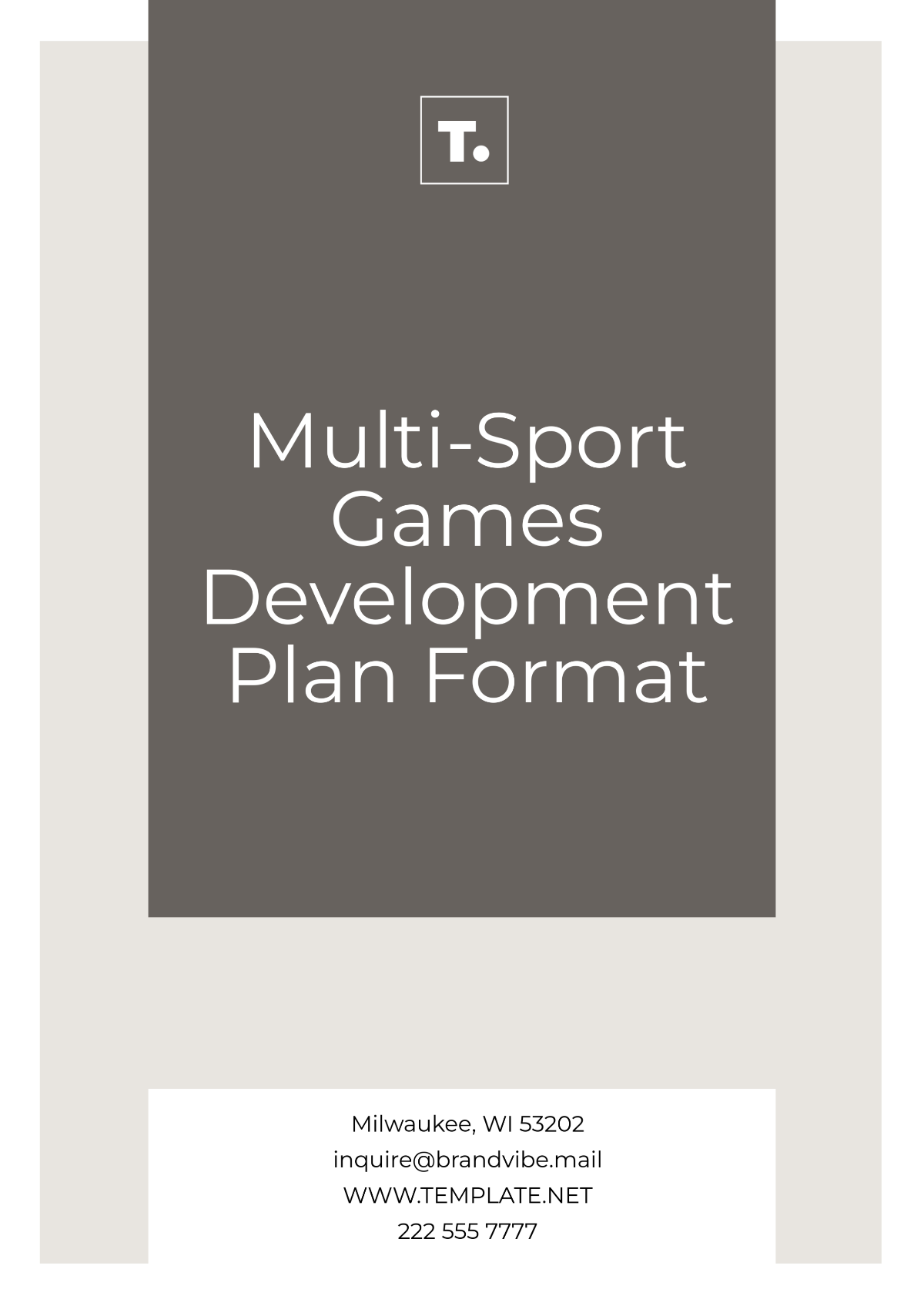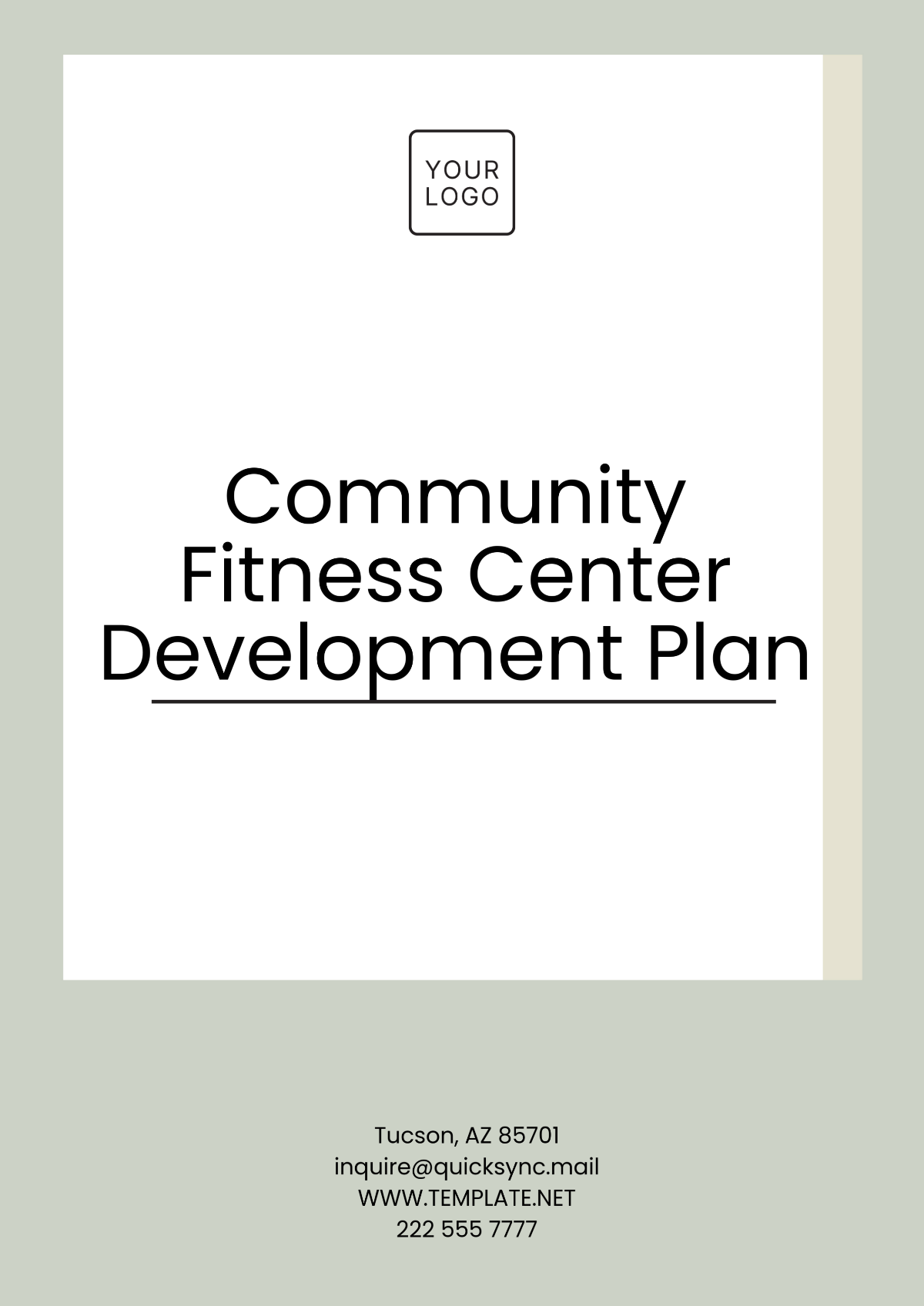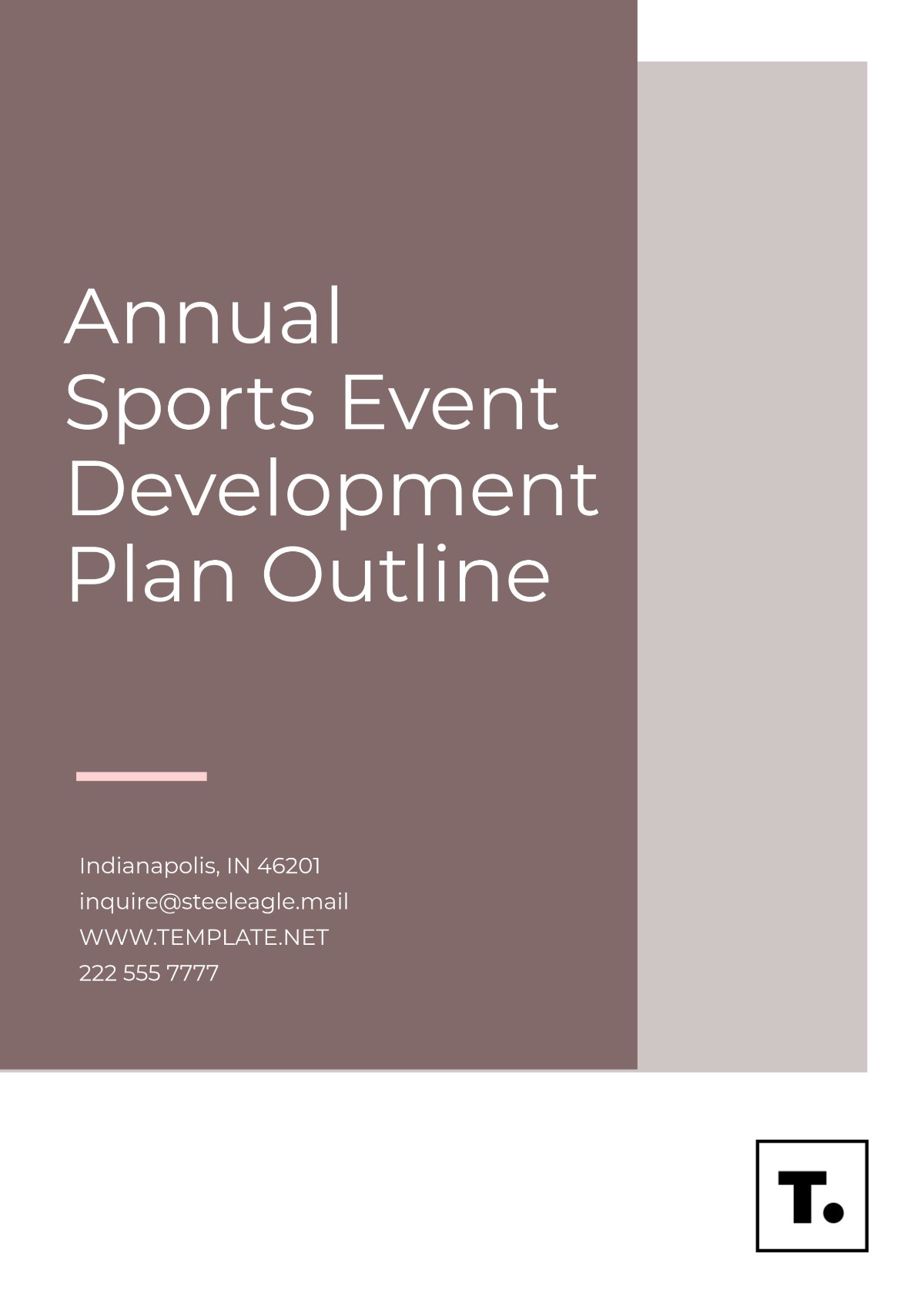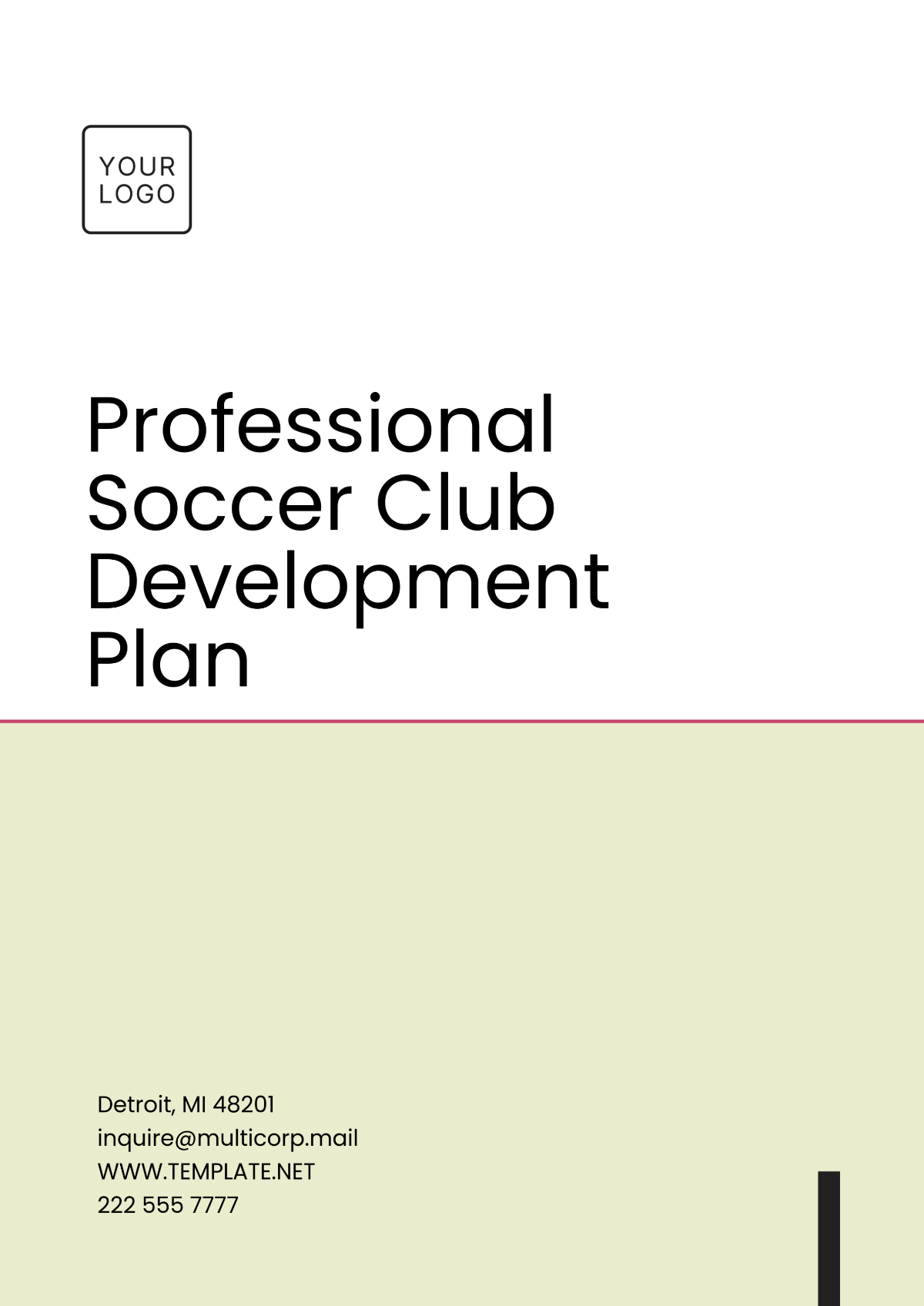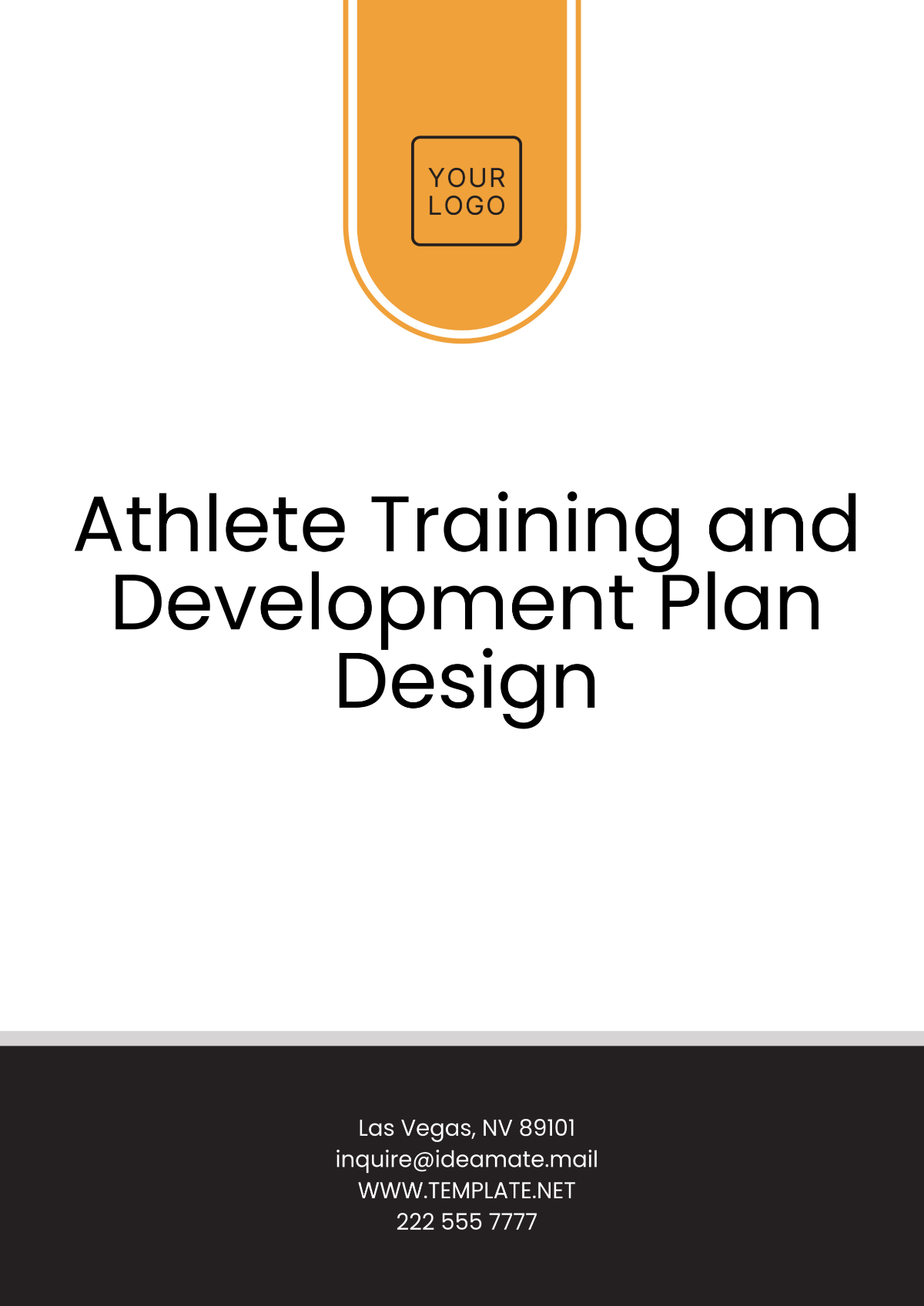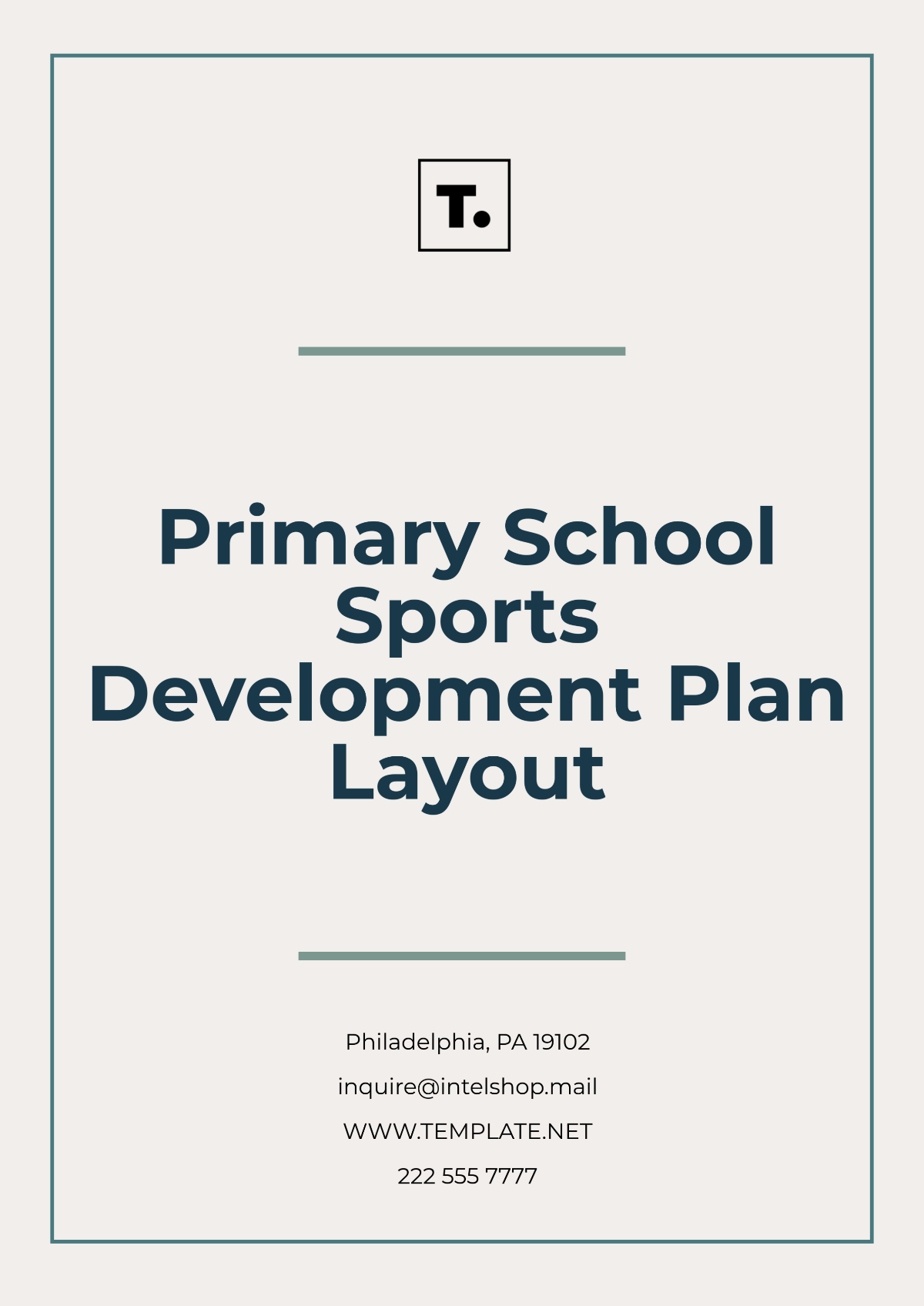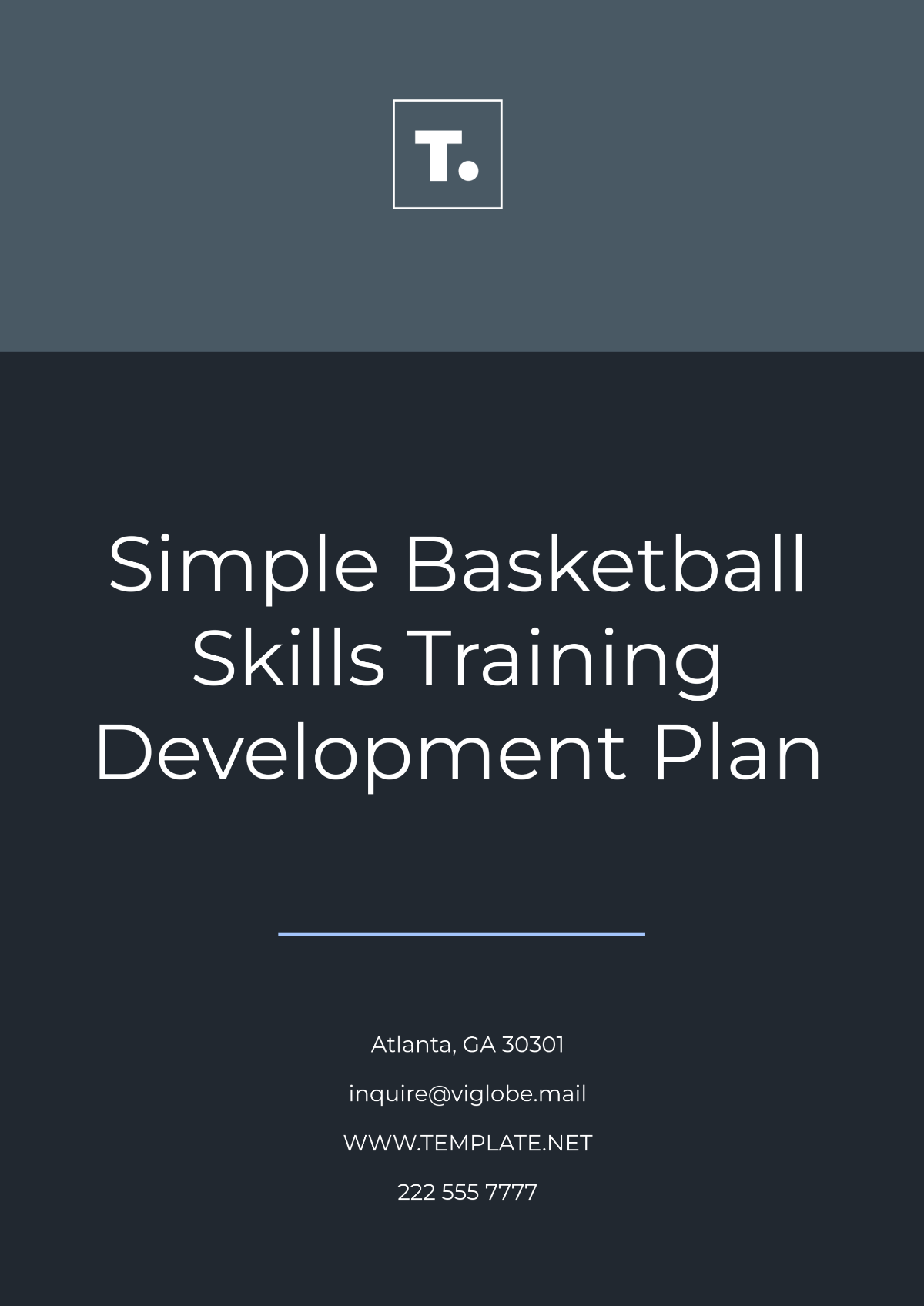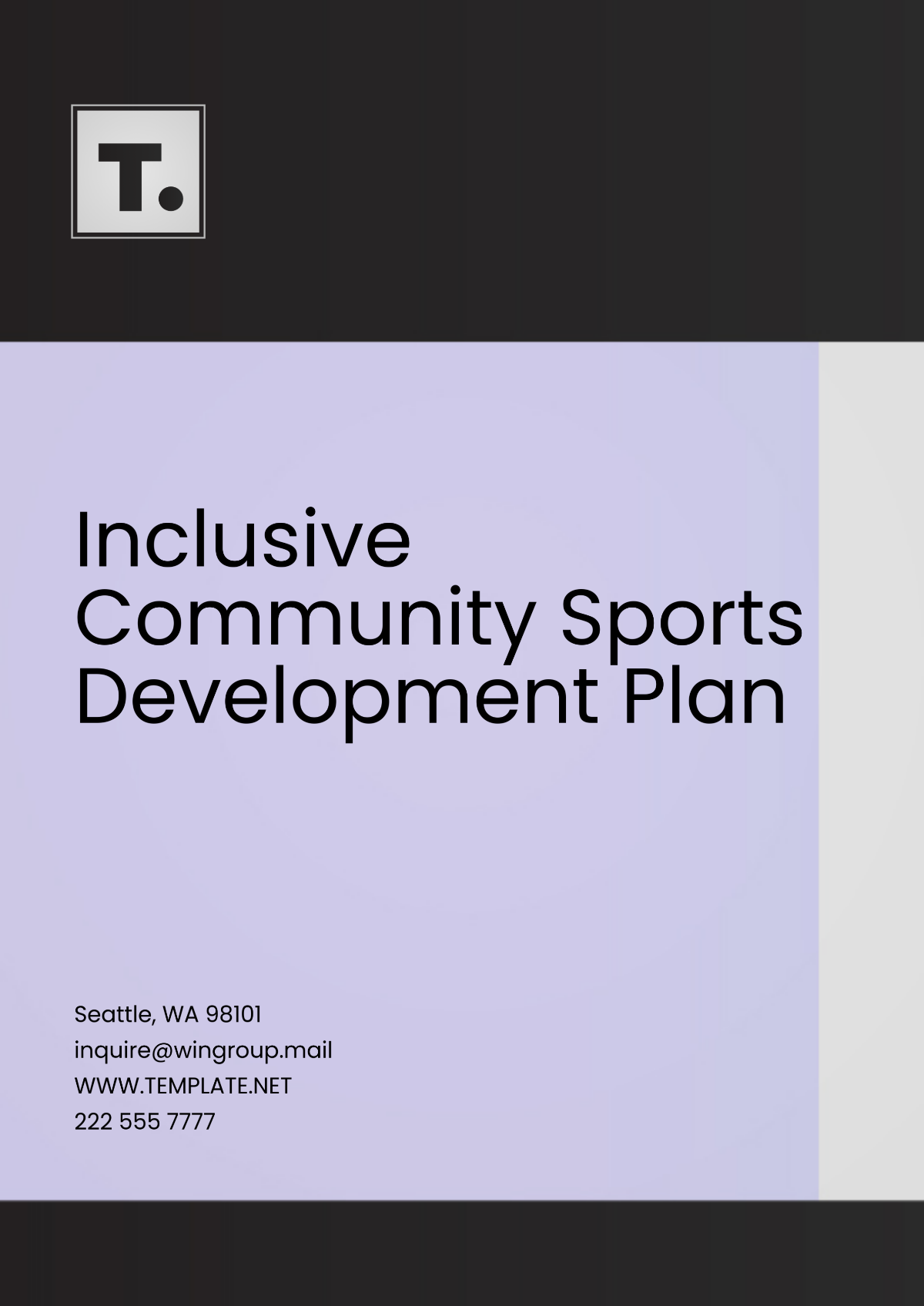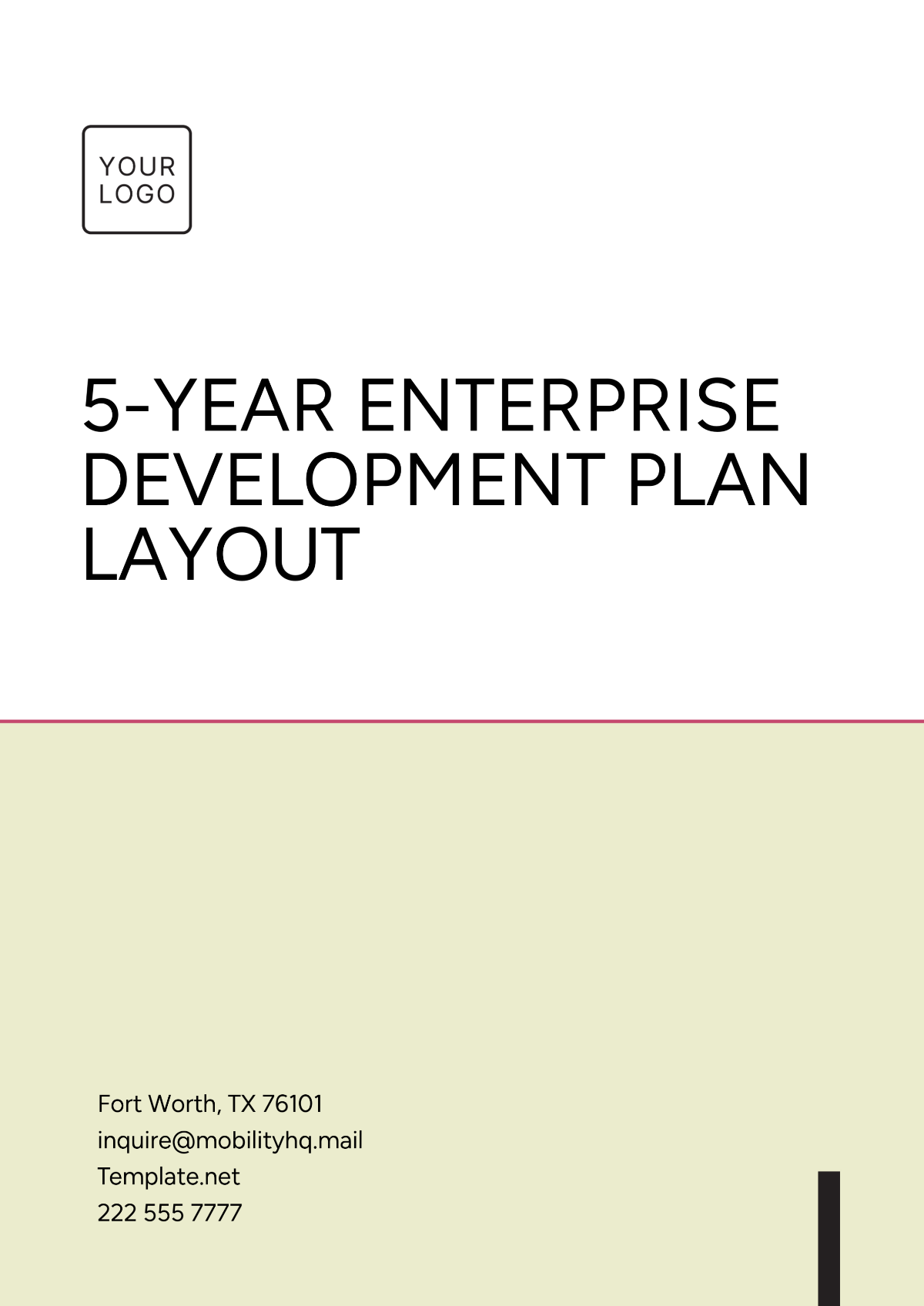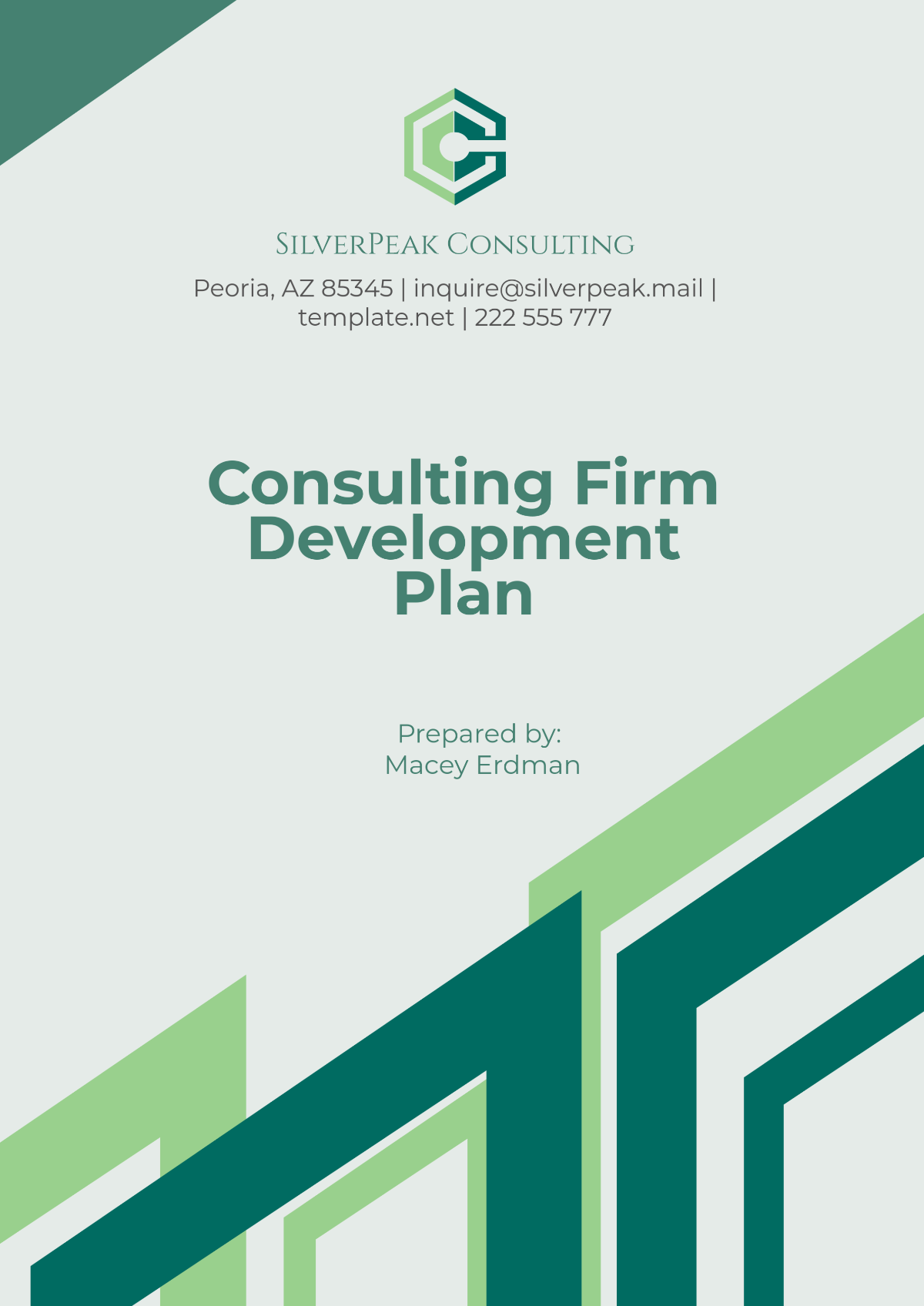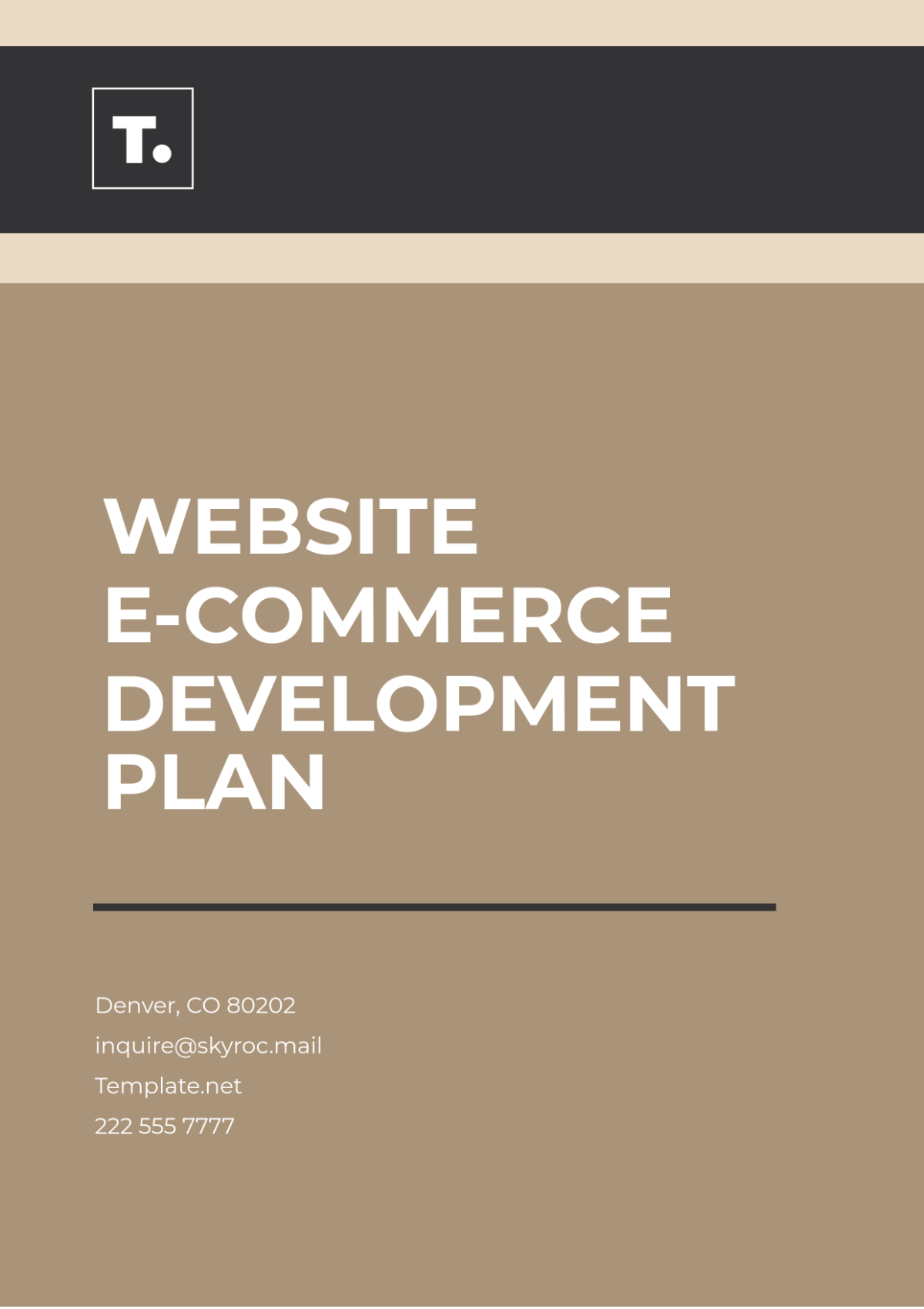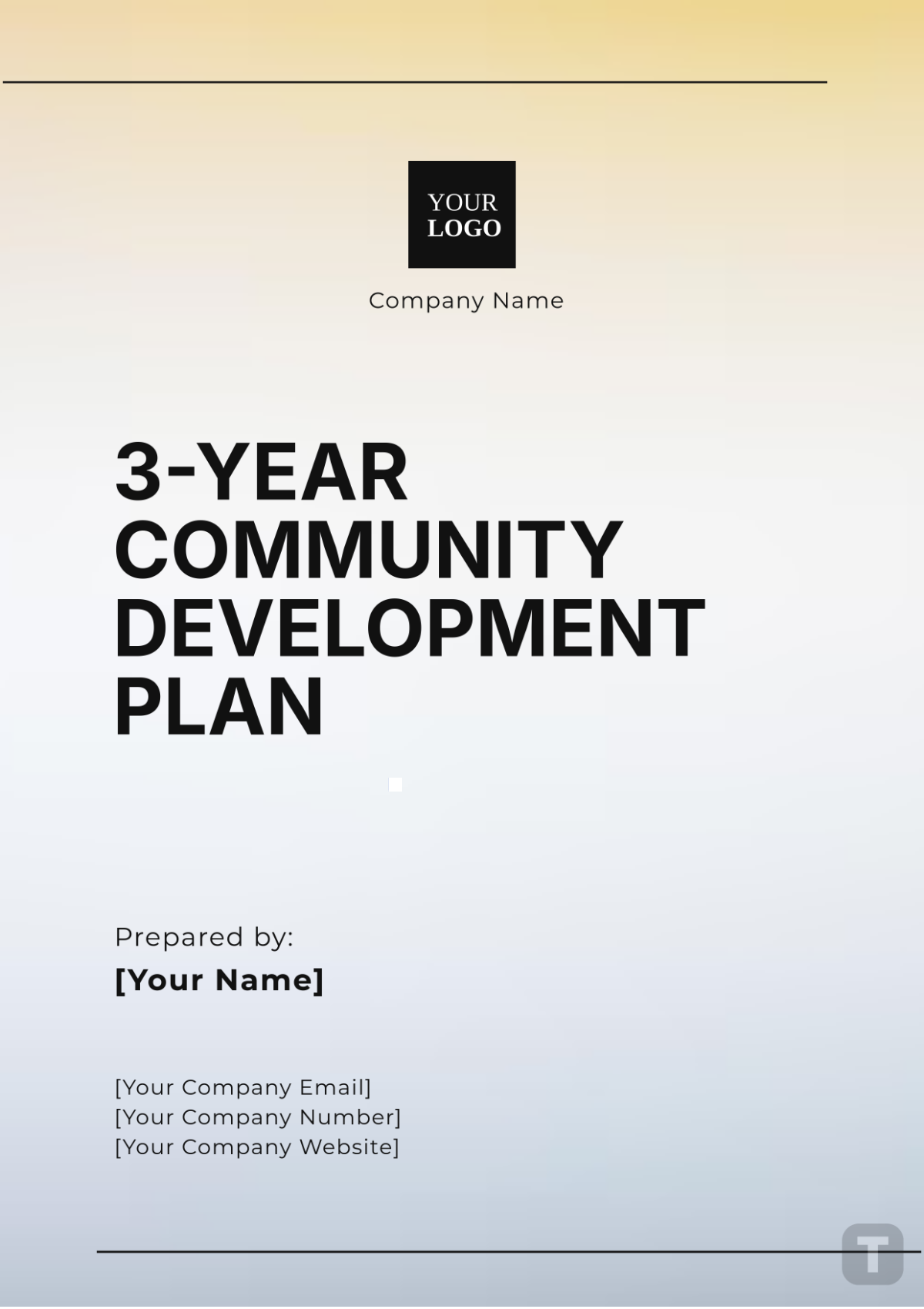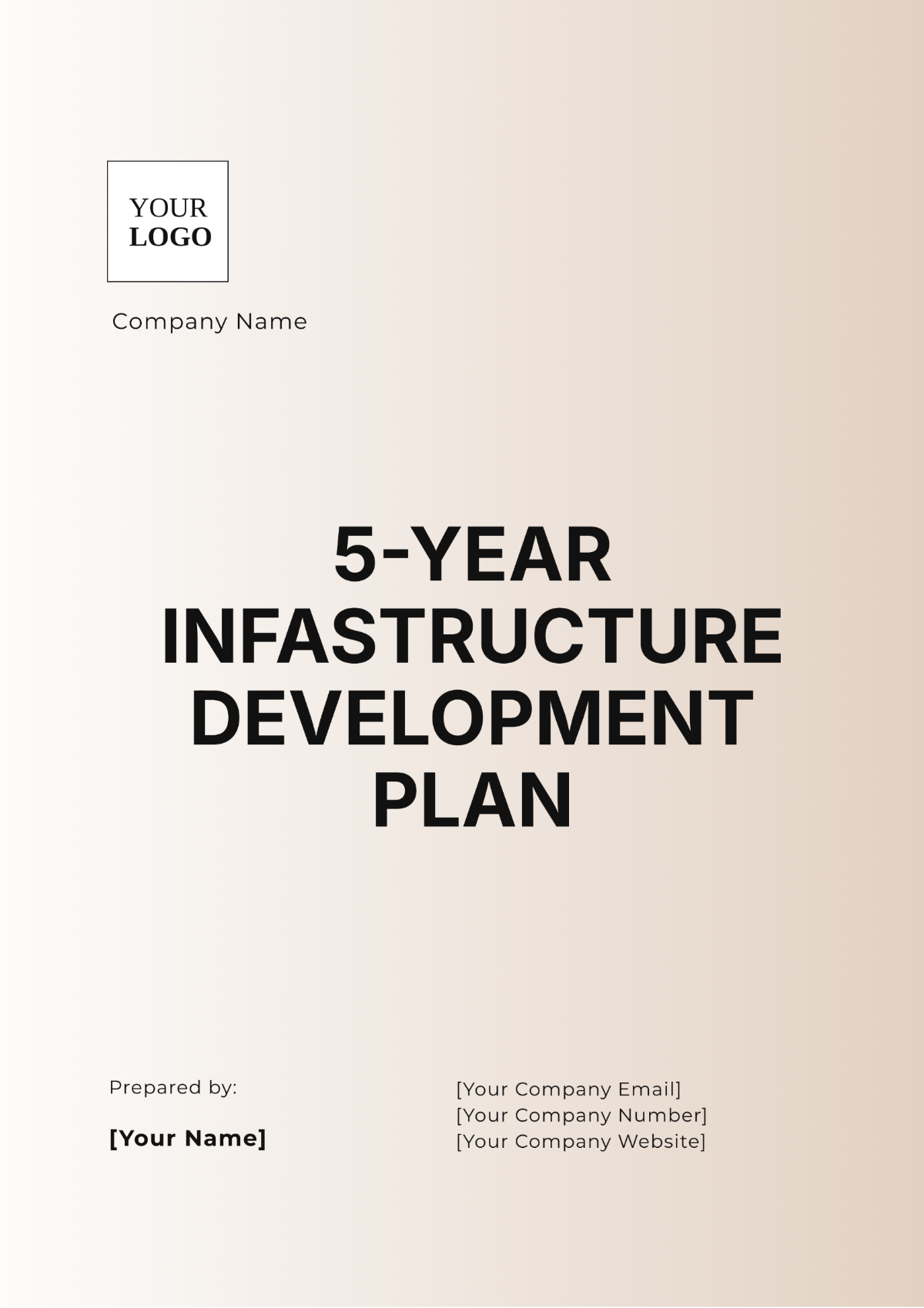Blank Client Development Plan
Written by: [Your Name]
I. Executive Summary
This section introduces your Client Development Plan, summarizing its purpose and overarching goals. Clearly outline the strategic initiatives your company will undertake to enhance client satisfaction, retention, and growth.
Tip: Highlight the importance of personalized interactions and how feedback will shape service improvements over a specified timeframe.
II. Objectives
Define the key objectives of the plan. Break these into measurable goals that align with client-focused outcomes.
Enhance Client Satisfaction
State the target satisfaction percentage increase and timeframe.
Describe how tools like surveys and refined service delivery methods will help achieve this goal.
Increase Client Retention
Set specific retention targets.
Mention proactive strategies like loyalty programs and regular engagement.
Foster Client Growth
Outline referral growth goals.
Emphasize the role of tailored solutions in driving referrals and business growth.
III. Situational Analysis
Provide a brief overview of your company’s current client relationships. Use insights from surveys or feedback to identify areas for improvement.
Tip: Summarize challenges and opportunities to support your decision for a more client-centric approach.
IV. Strategy
Describe the strategies to achieve your objectives. Each strategy should focus on specific, actionable steps:
Client Segmentation: Explain how segmenting clients by industry, size, and service needs will help in crafting targeted solutions.
Personalized Communication: Detail the importance of customized communication plans using CRM tools and client preferences.
Feedback Mechanisms: Highlight regular surveys and face-to-face meetings to gather actionable insights.
Training and Development: Emphasize ongoing training for client-facing teams to enhance their interpersonal and problem-solving skills.
V. Action Plan
Lay out a timeline for executing your strategies. Break the timeline into years and quarters for clarity.
Year 1 (e.g., 2050)
Q1: Launch initial surveys to establish a satisfaction baseline.
Q2: Segment the client base and customize communication strategies.
Q3: Implement real-time feedback mechanisms.
Q4: Conduct training sessions on empathy and active listening.
Year 2 (e.g., 2051)
Q1: Use survey data to refine services.
Q2–Q4: Engage clients through personalized interactions and periodic reviews.
Year 3 (e.g., 2052)
Q1: Launch annual satisfaction surveys to track progress.
Q2–Q4: Update strategies based on insights and conduct year-end reviews.
VI. Budget and Resources
Outline the annual budget required for plan execution. Break costs into categories, such as survey tools, CRM licenses, training programs, engagement events, and additional resources.
Example Format:
Item | Annual Budget Allocation |
|---|---|
Survey Tools | $50,000 |
CRM Software Licenses | $100,000 |
Training Programs | $150,000 |
Client Engagement Events | $100,000 |
Additional Resources | $100,000 |
Total | $500,000 |
VII. Evaluation and Monitoring
Define how progress will be measured. Establish Key Performance Indicators (KPIs), monitoring frequency, and responsible teams.
Example Table:
Key Performance Indicators (KPIs) | Monitoring Frequency | Data Collection Method | Responsible Party |
|---|---|---|---|
Client Satisfaction Scores | Quarterly | Survey Results | Client Experience Team |
Client Retention Rates | Quarterly | CRM Data Analysis | Client Relationship Manager |
Number of Client Referrals | Quarterly | Referral Tracking | Sales and Marketing Team |
Quarterly Performance Reviews | Quarterly | Internal Assessments | Executive Team |
VIII. Conclusion
Summarize the key benefits of implementing the plan. Emphasize the role of data-driven strategies, personalized communication, and continuous improvement in achieving client satisfaction, retention, and growth.
